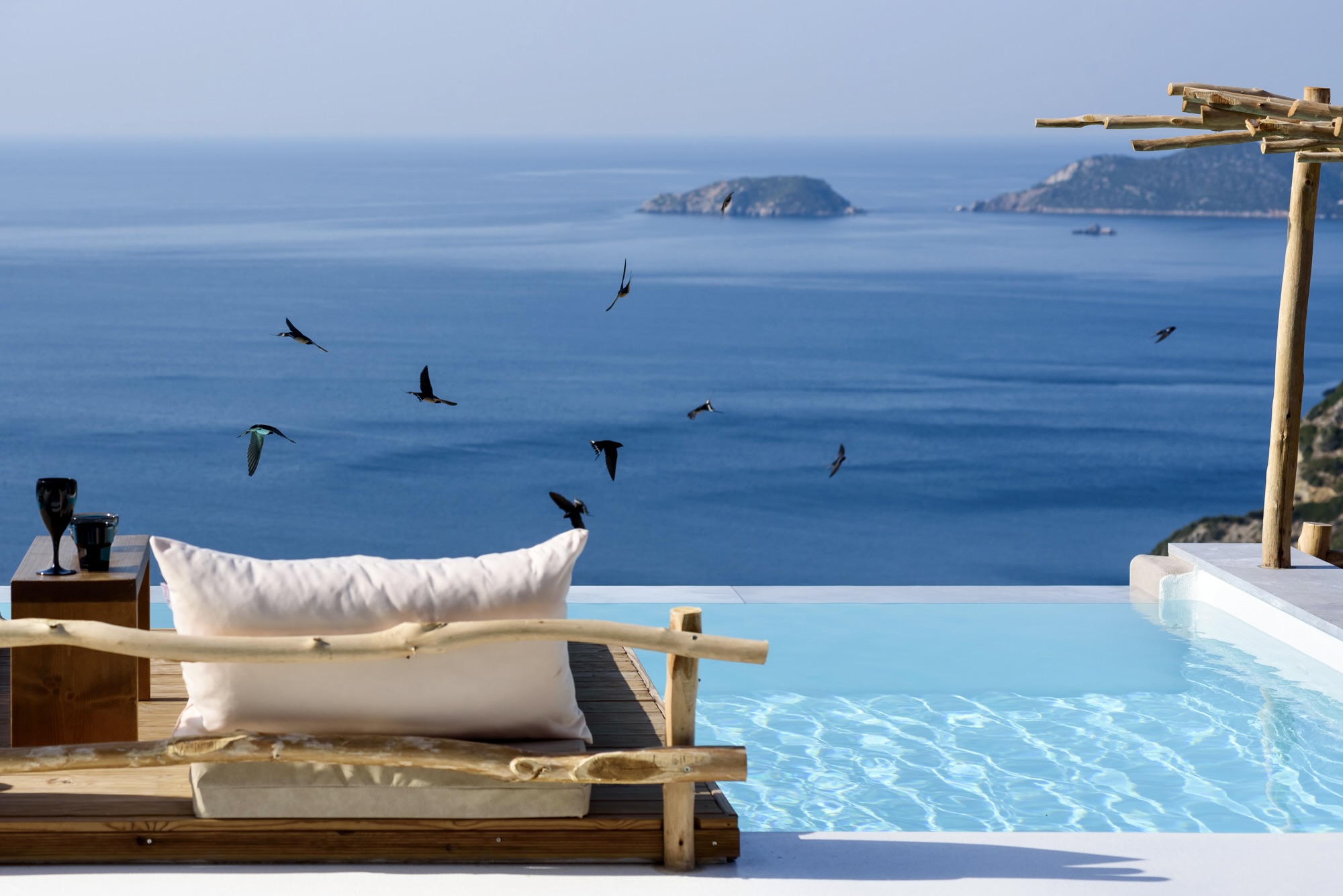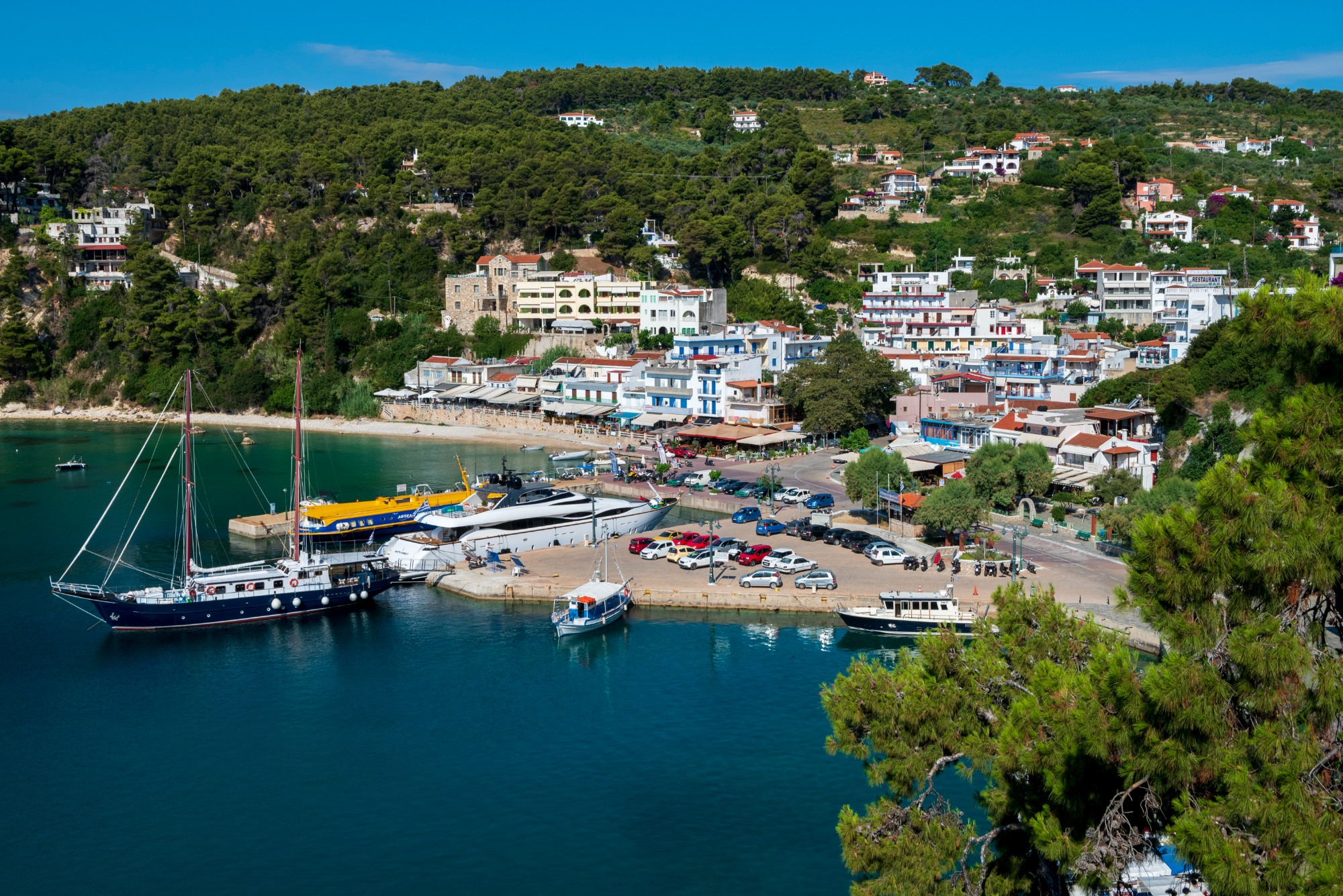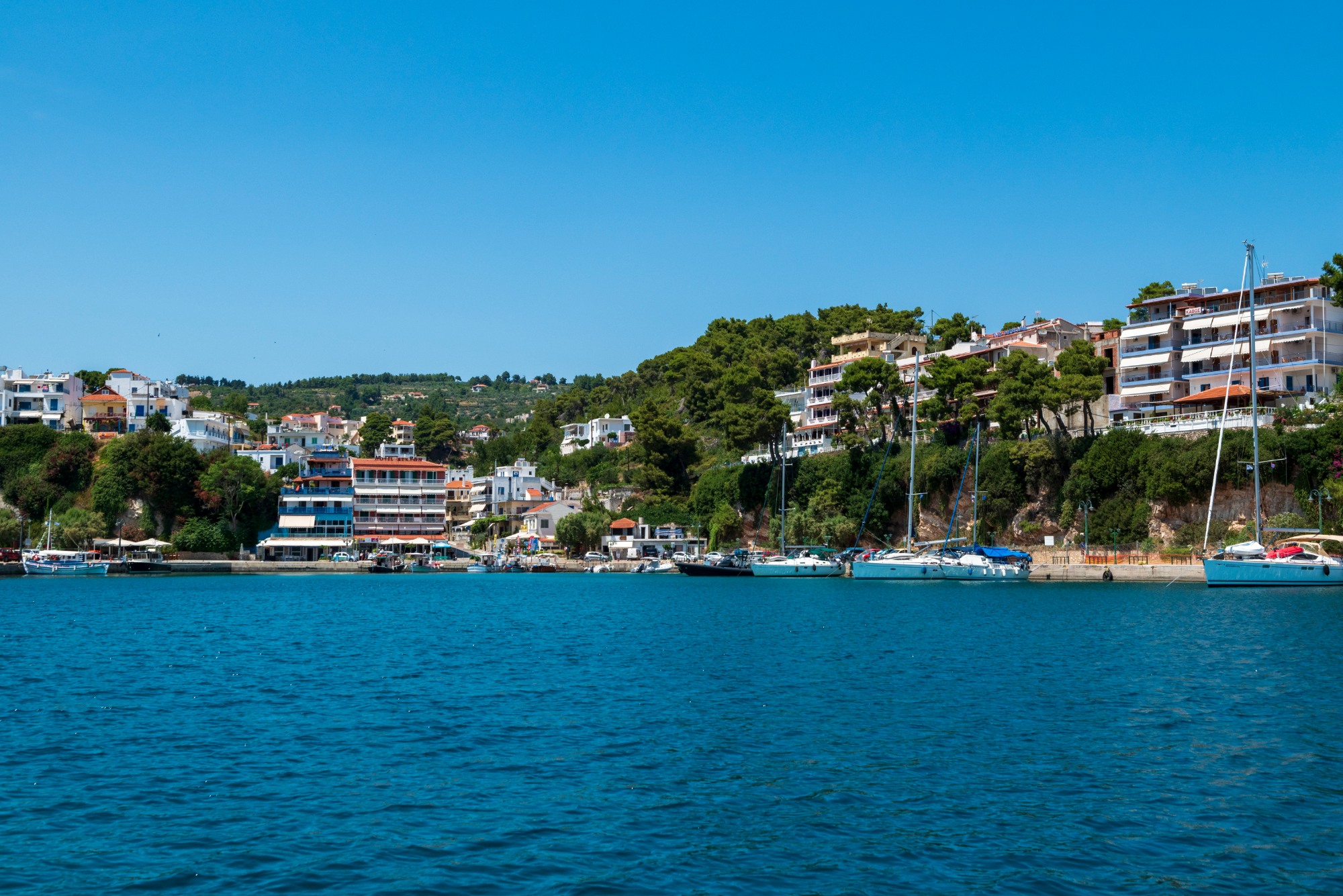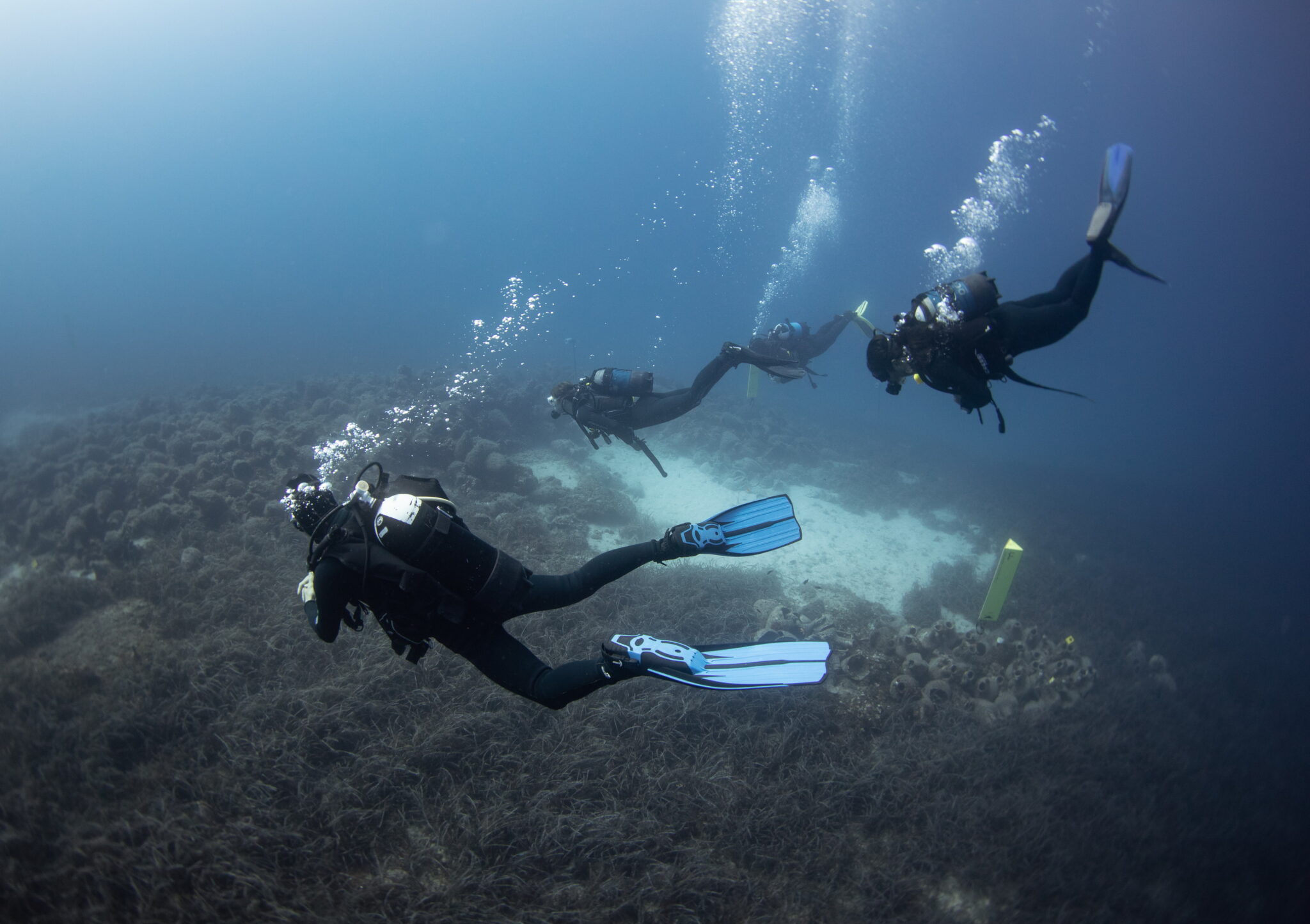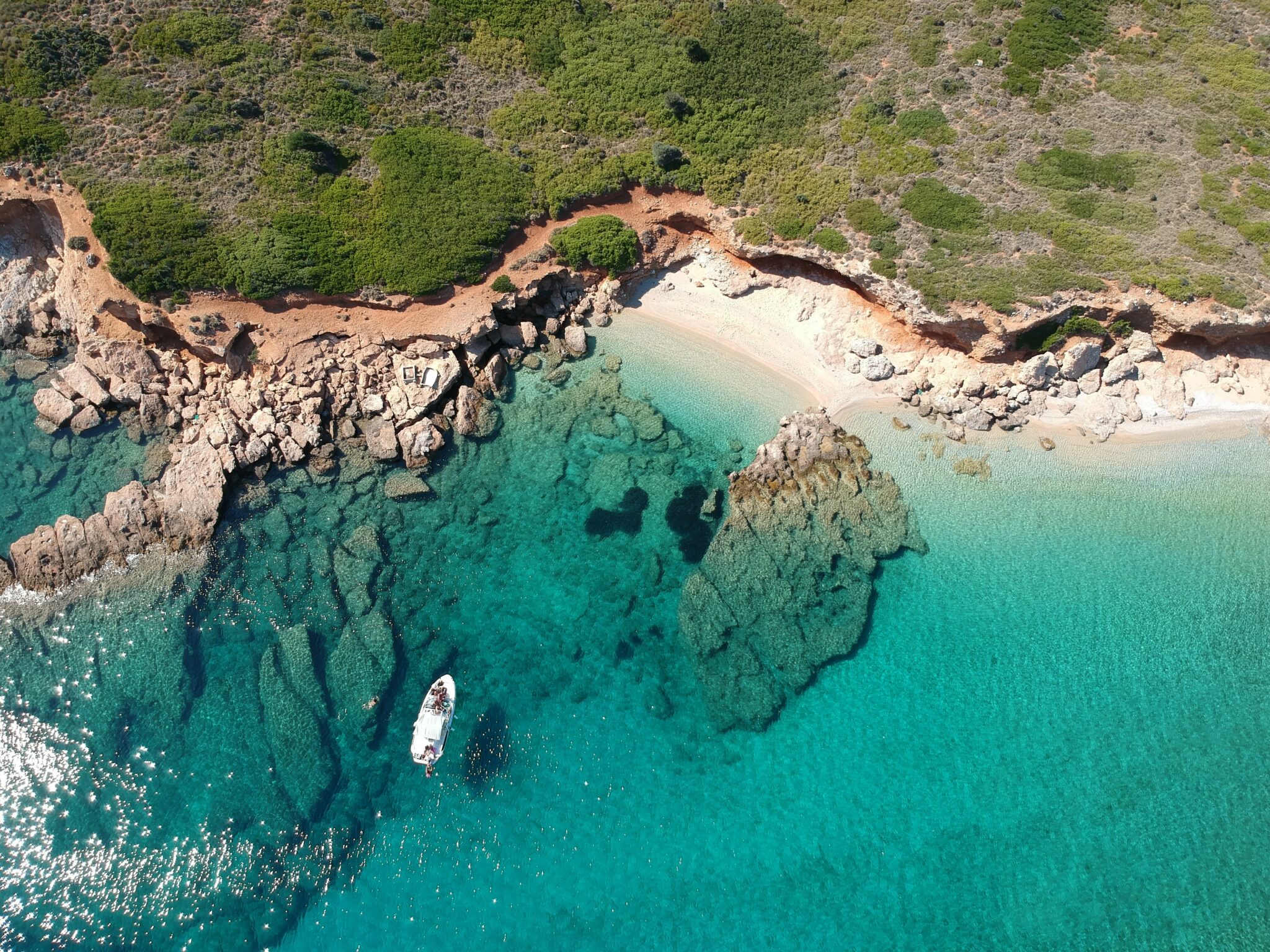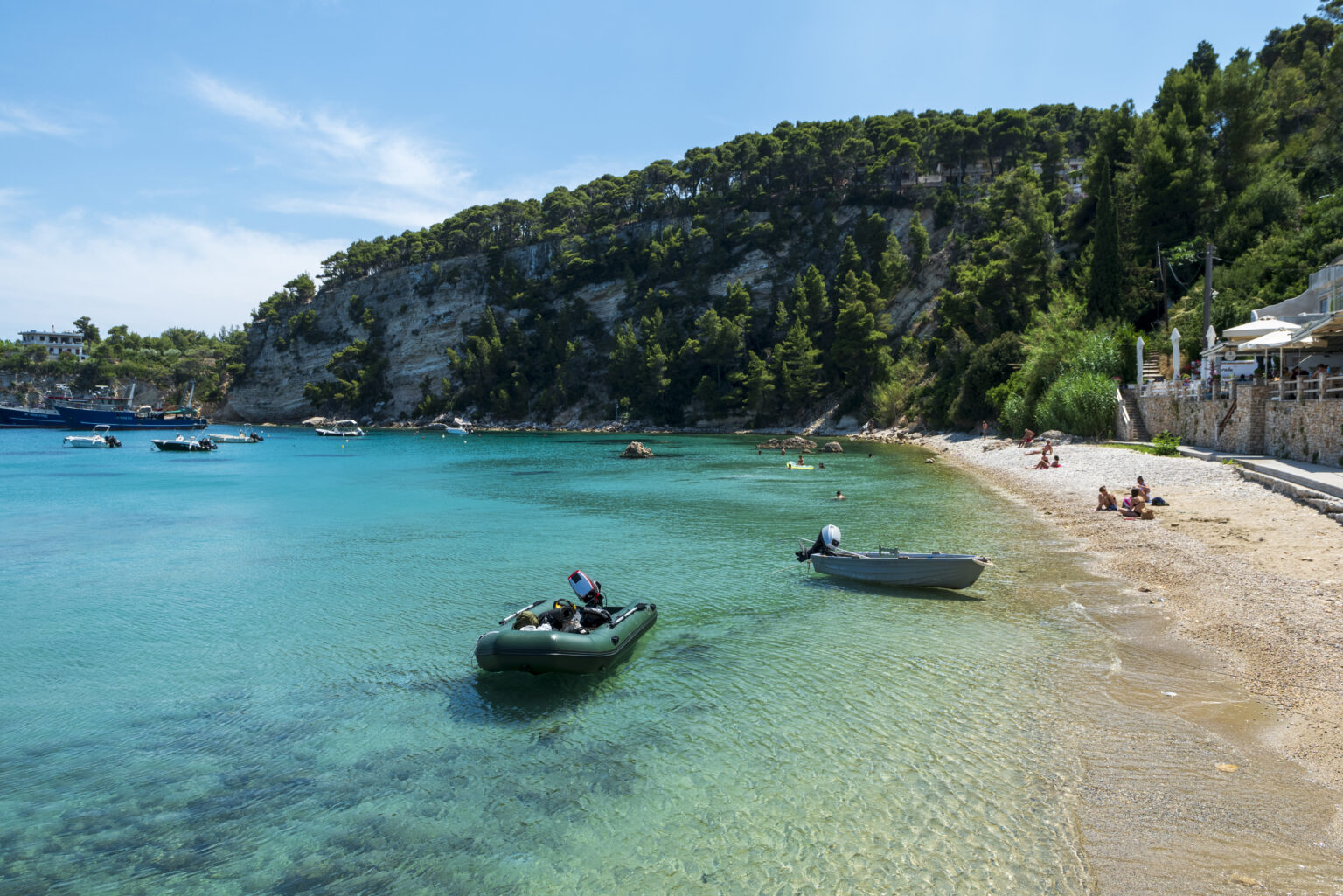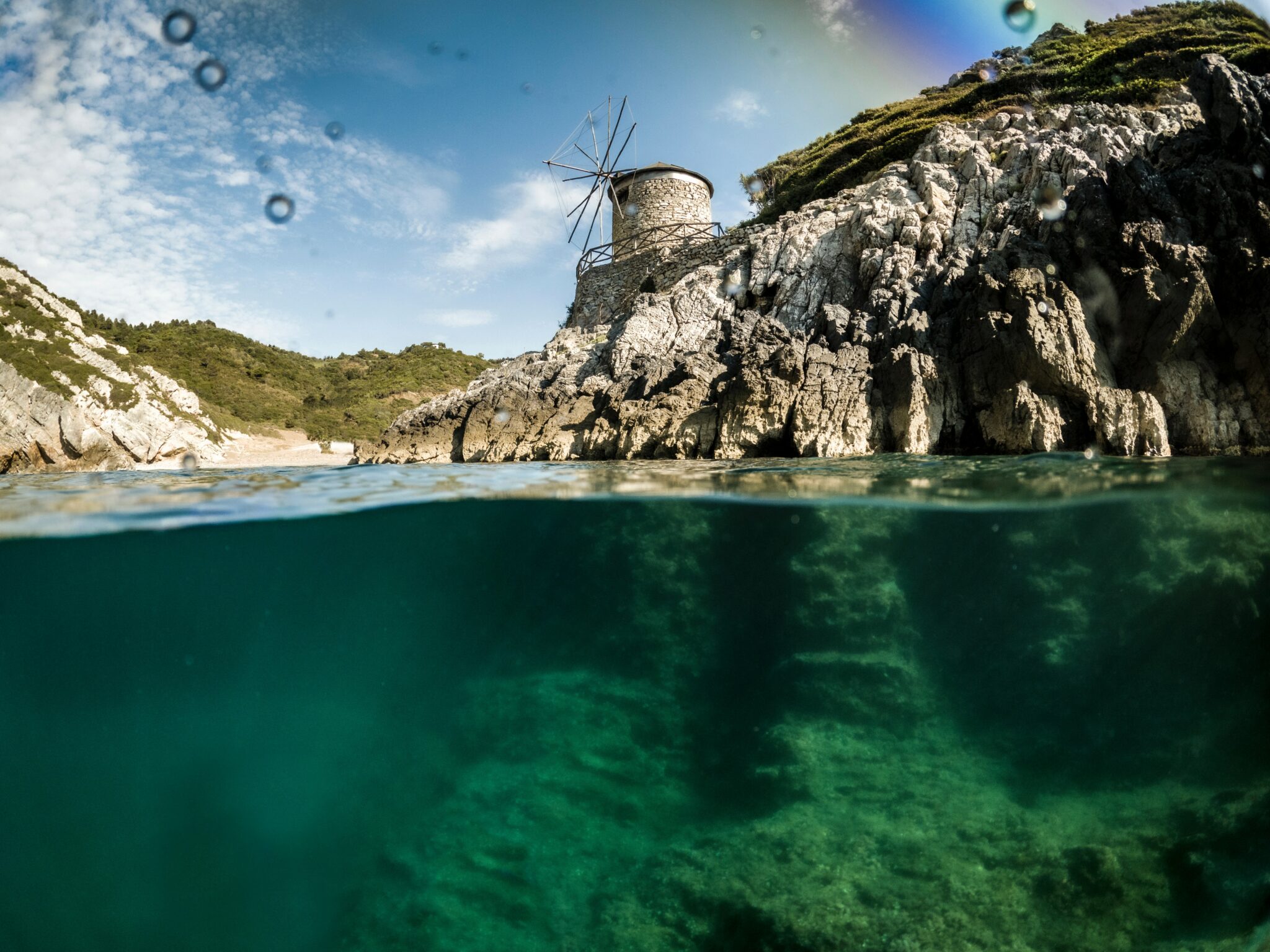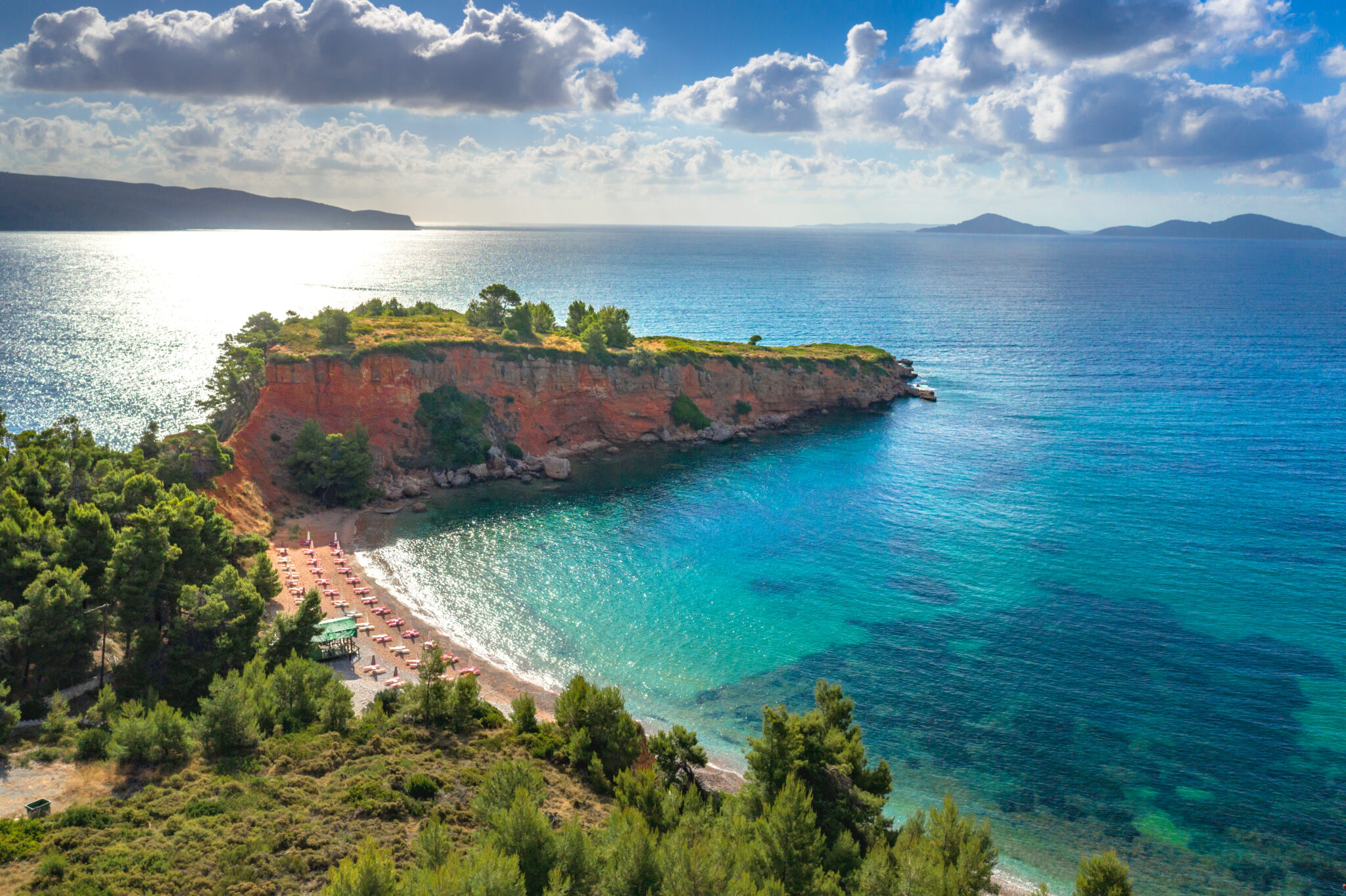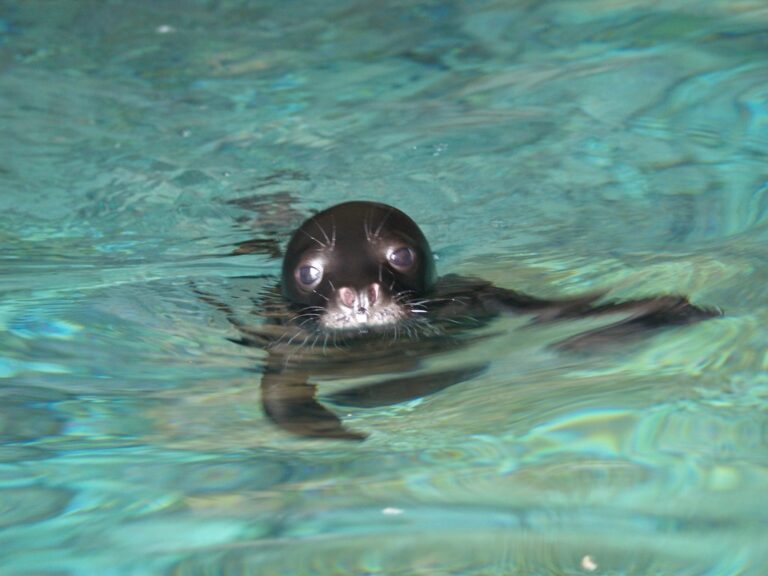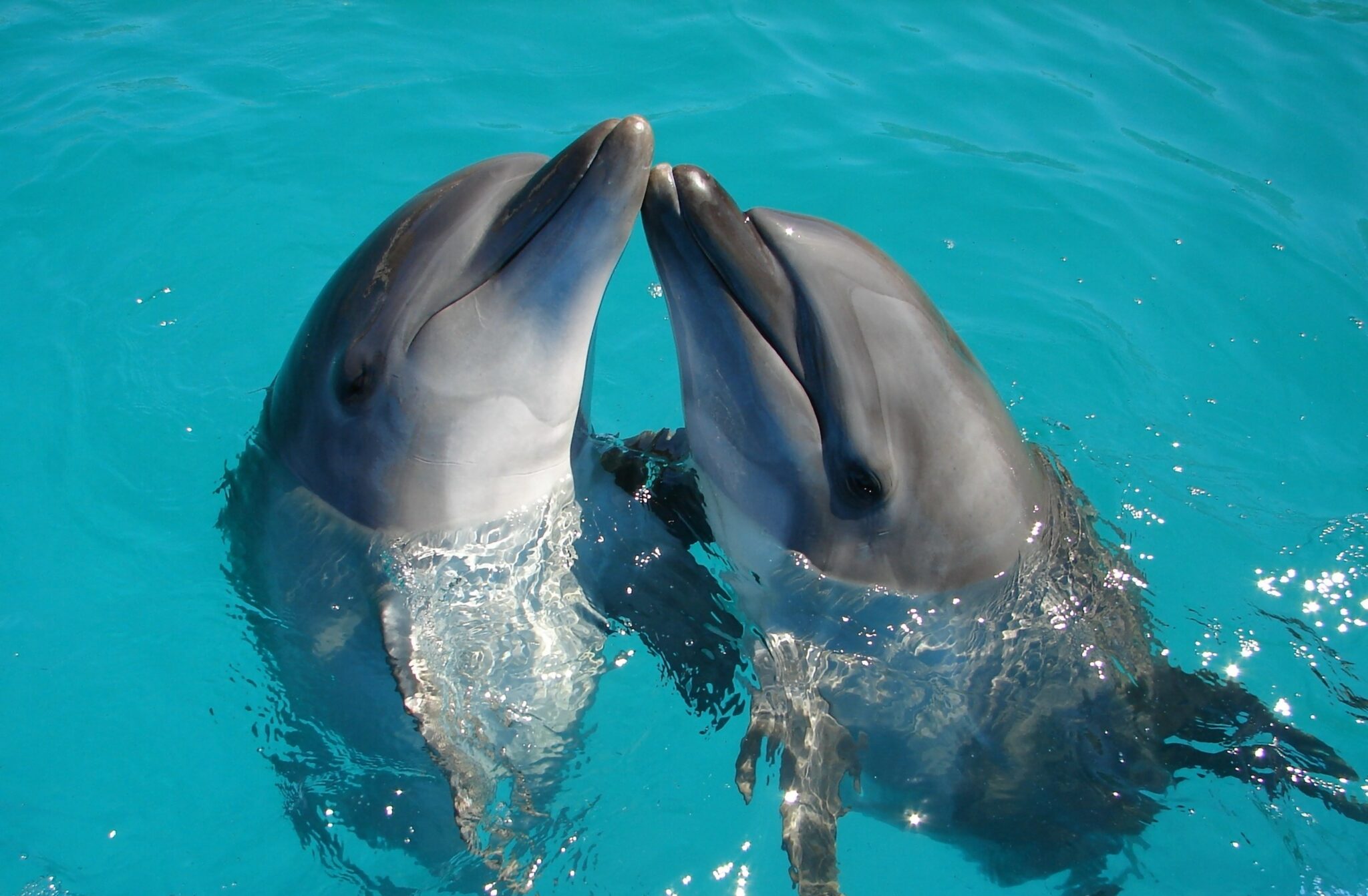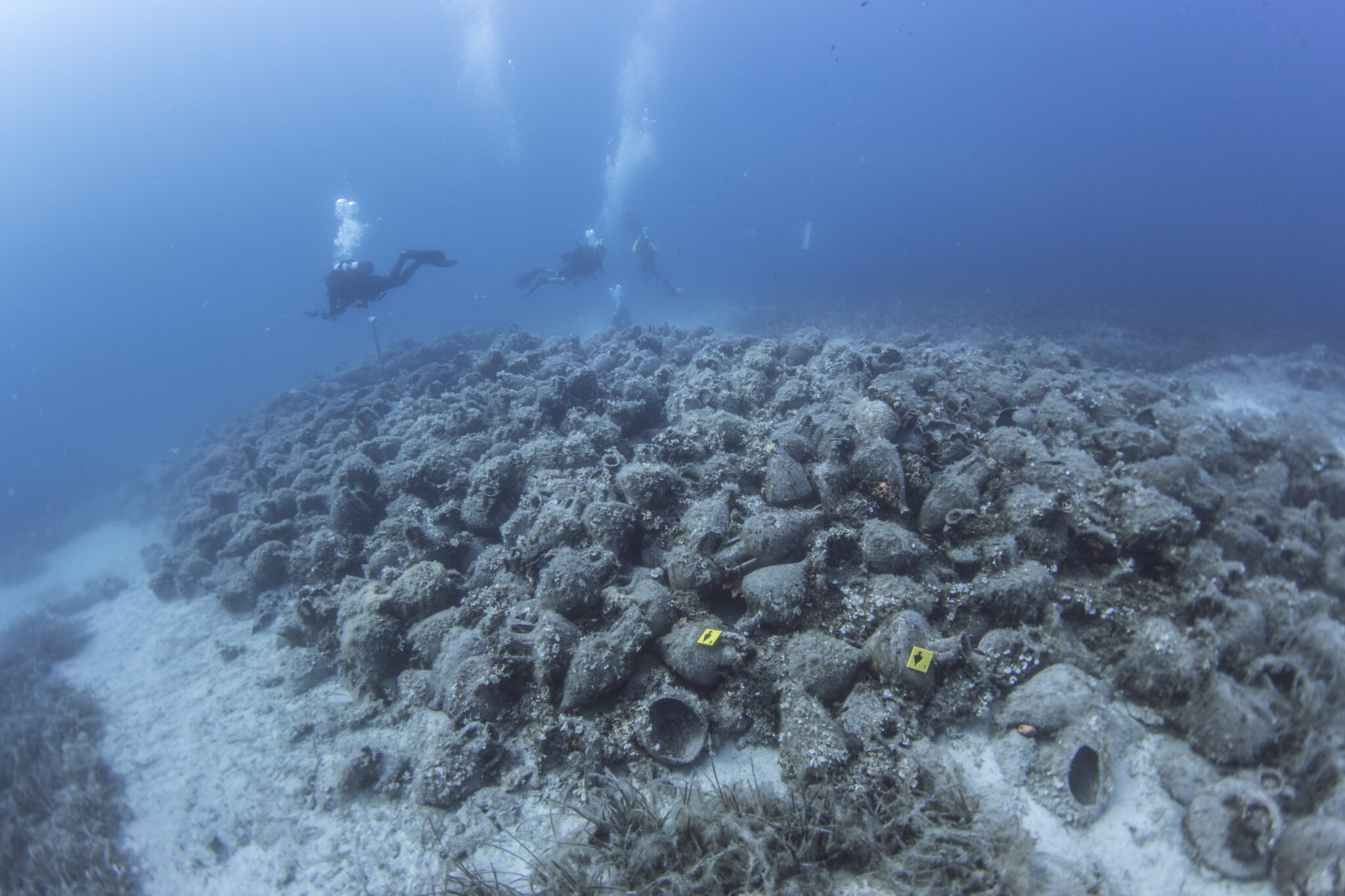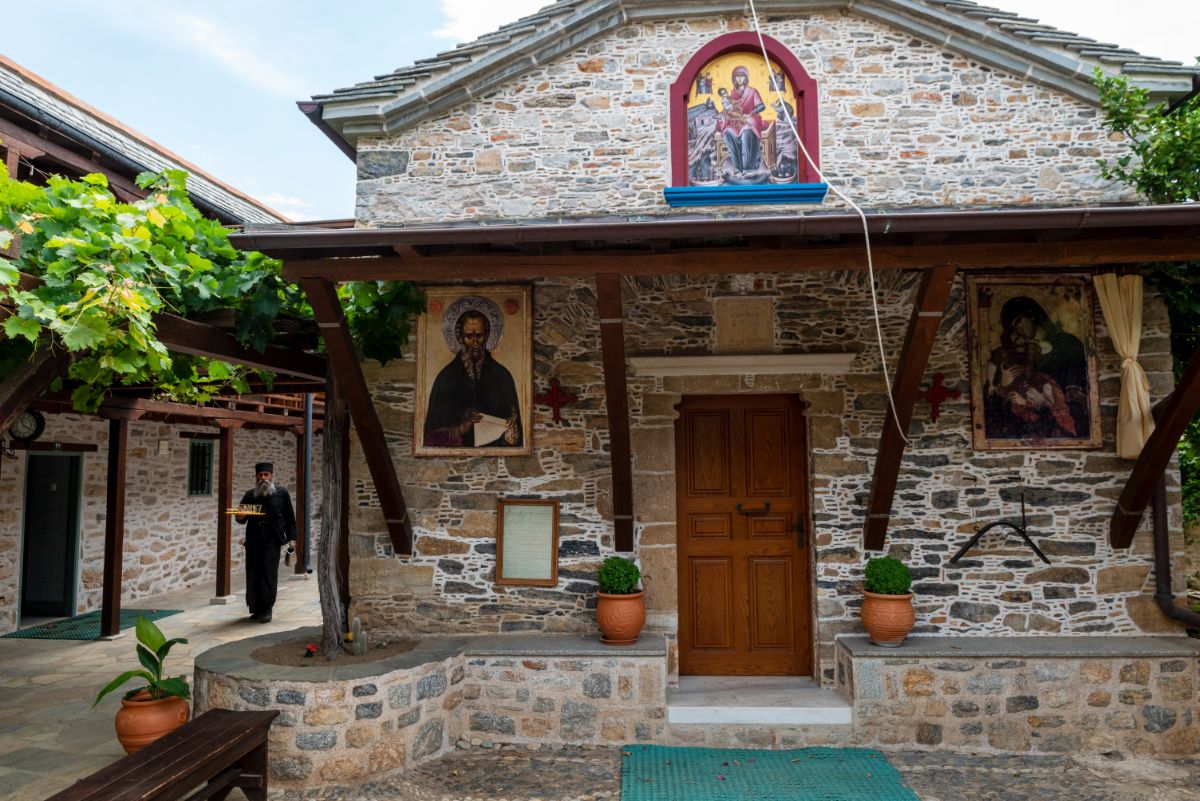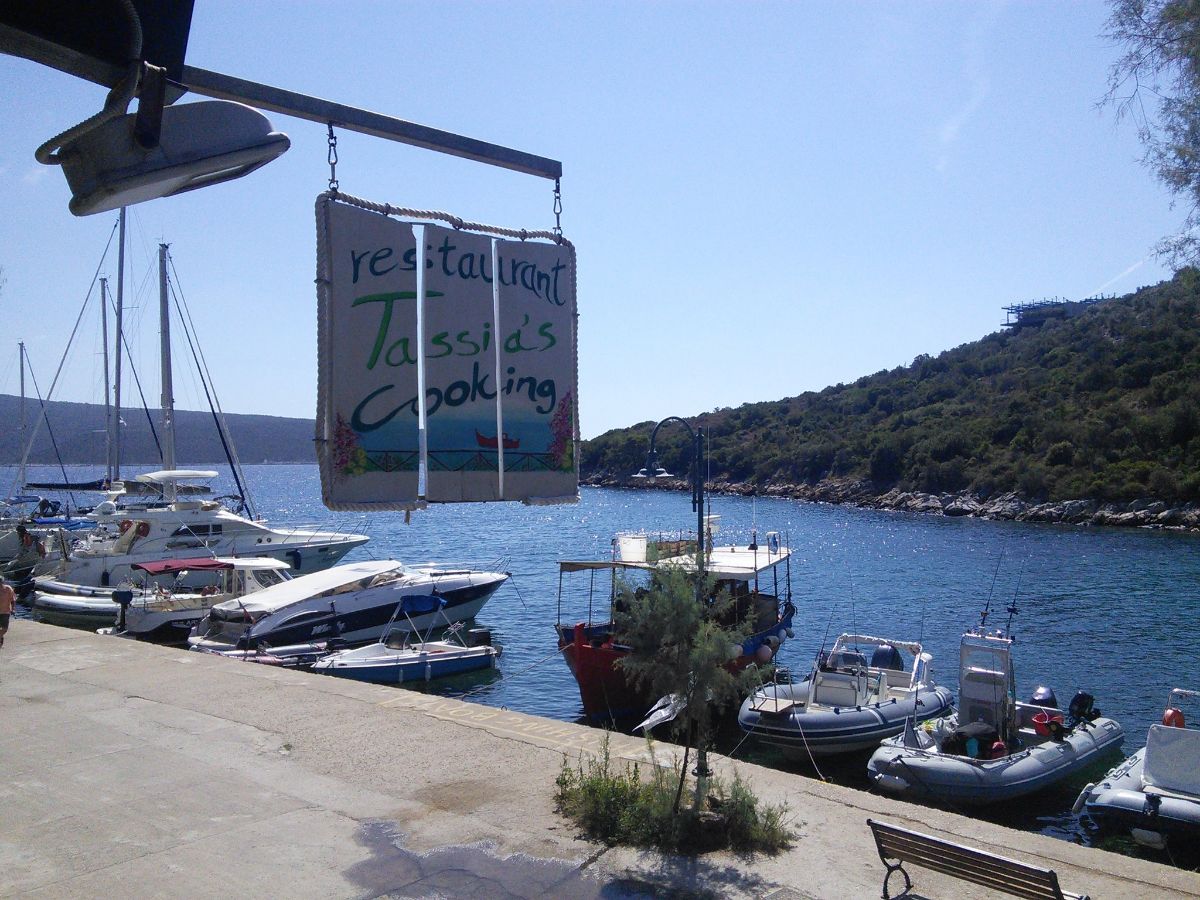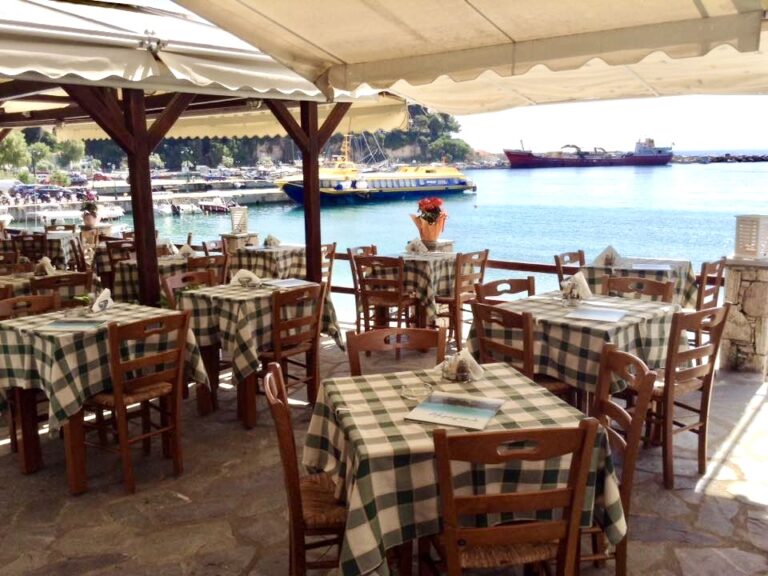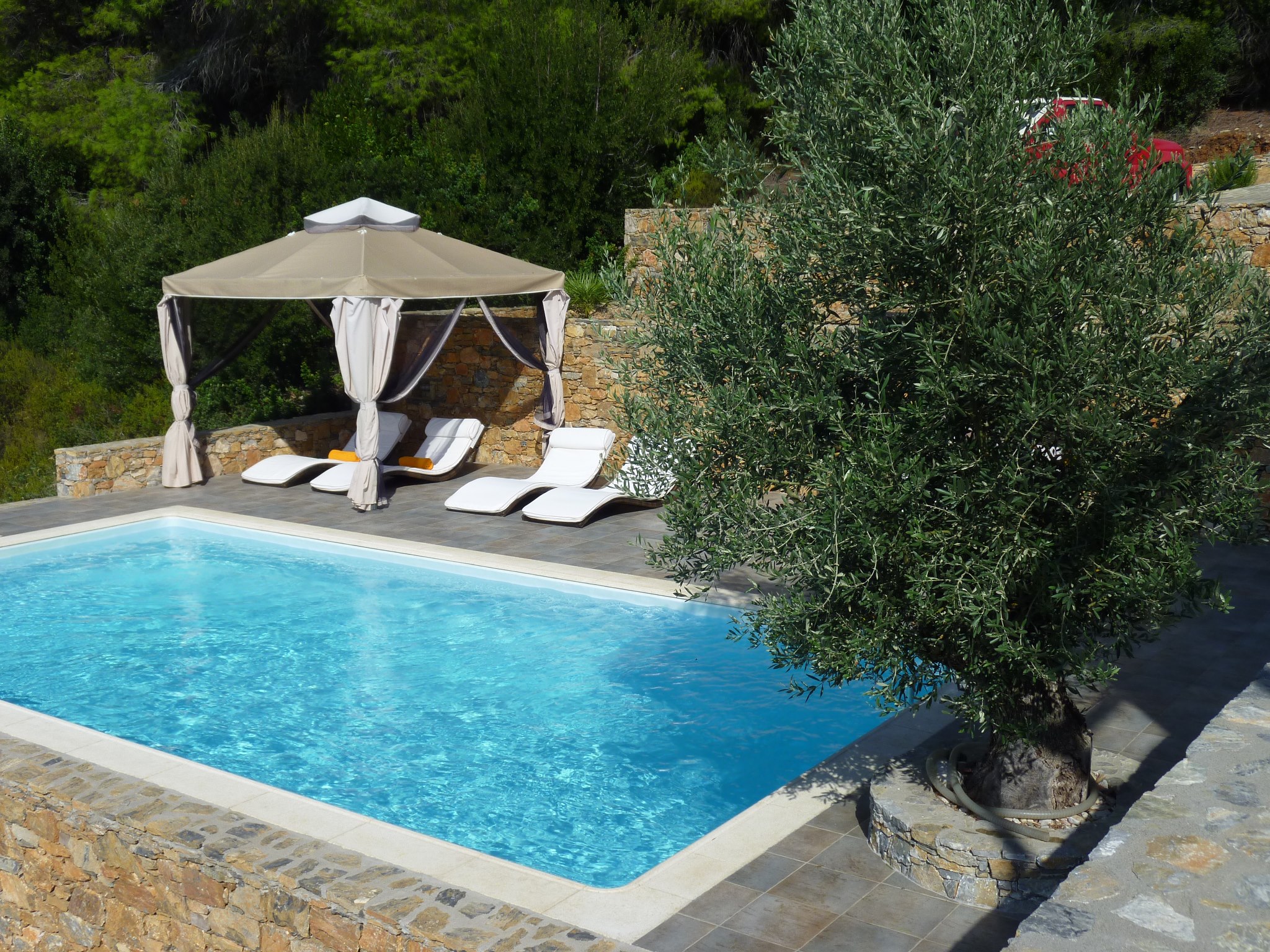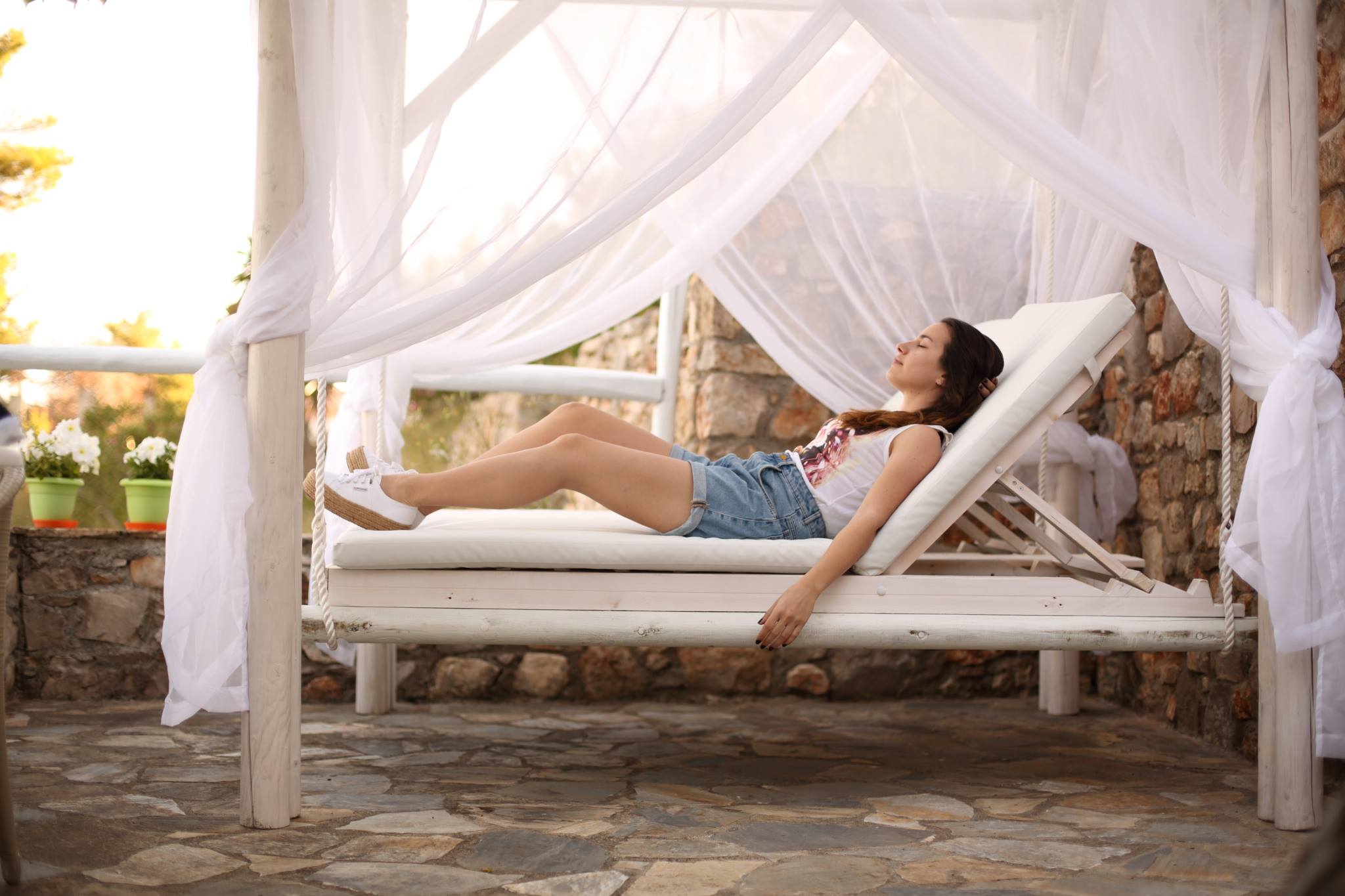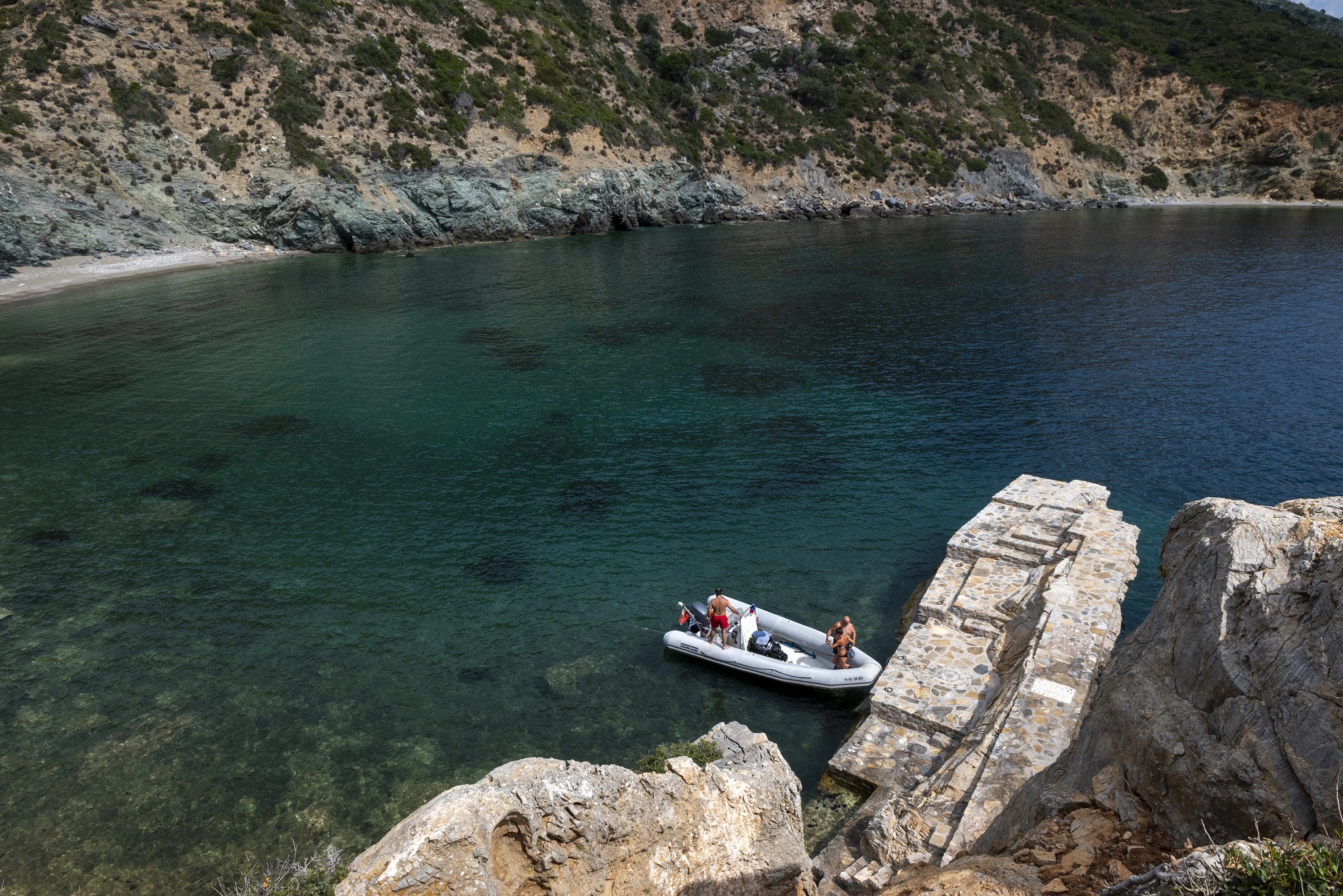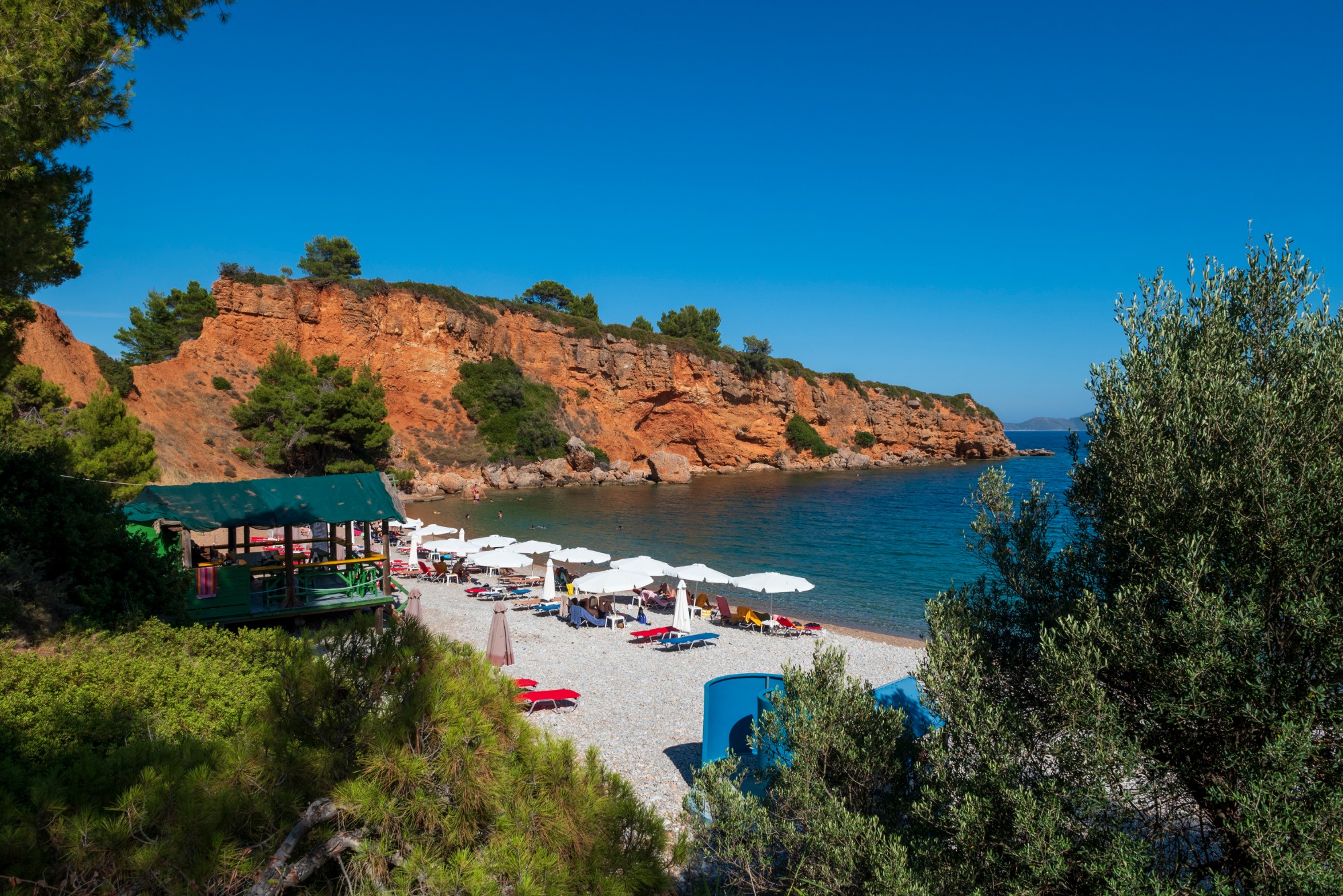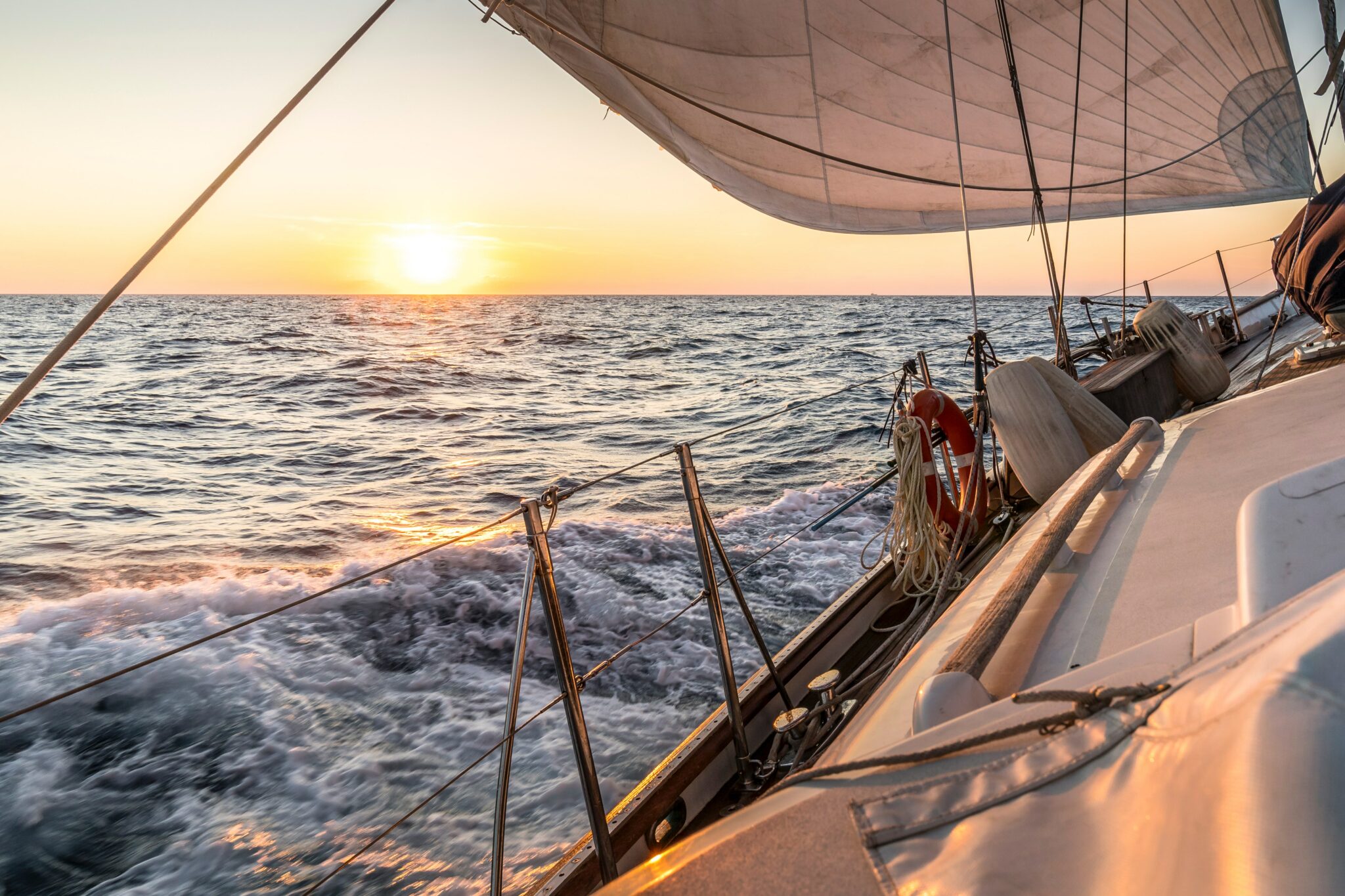Recently crowned first in the London Times’ “Top 25 Lesser-Known Greek Islands,” Alonnisos emerges as a sanctuary where nature still dictates the rhythm of life. Here, travelers seeking refuge from the modern world find themselves immersed in a tableau of old-world tranquility: stone villages perched on hillsides, crystalline waters that harbor ancient secrets, and paths that wind through olive groves to reveal sudden, breathtaking vistas of the Aegean.
At the heart of the island’s allure lies its National Marine Park, established in 2003 as a testament to conservation over commerce. The waters here serve as one of the Mediterranean’s last havens for the enigmatic monk seal, while an intricate tapestry of marine life thrives beneath the surface, creating what marine biologists consider one of Europe’s most pristine aquatic ecosystems.
The island’s evolution into an eco-destination wasn’t left to chance. In 2015, Alonnisos made headlines as the first Greek island to ban plastic bags – a decision that would later inspire similar initiatives across the Mediterranean. This pioneering spirit, coupled with a steadfast commitment to preserving its unspoiled character, has earned the island growing recognition. The latest accolade comes from Lonely Planet, which has just named Alonnisos among its 23 best destinations for solo travelers in 2025, citing its rare combination of wilderness and authenticity.
01
The Island & its History
The Hora, or main town, Patitiri (which means wine press), is linked to the island’s wine production, something that Alonnisos was famed for from antiquity until the mid-1950s, when unfortunately ‘phylloxera’, a pest that eats away at the roots of vines and withers its leaves, destroyed almost all of Alonissos’s grapes. Another disaster beset the town in 1965 in the form of a devastating earthquake. It had to be almost completely rebuilt thus its current newish architectural style. Upper Hora’s old world mazey cobblestone streets and low-built houses are gorgeous to ramble around. While hiking up to the town’s highest point is well worth the effort, to enjoy a full view of the picturesque village, whose close-knit houses were built to create a fort-like effect, protecting the villagers against marauding Mediterranean pirates.
The history of Alonissos is in fact anything but little but here’s a mini synopsis. Evidence of human activity at Cyclops’ cave on the islet of Gioura and Kokkinokastro stretch back 9,000 years to the Mesolithic and early Neolithic ages. Later Bronze age Minoan settlers lead by the legendary hero Stafylos (the term for Grape and an indication that the island was becoming a major hub for wine making) colonised.
Hiking across the island you’ll come across ruined watch towers, vestiges of churches and monasteries and the rubbled remains of settlements destroyed by natural disasters and waves of invaders. Kokkinokastro is touted as being the burial place of Peleus, the father of the mighty Achilles.
02
Where to Swim
Agios Dimitrios
The most renowned beach on the island, known for its distinctive shape, bright-blue crystal waters, has a long, pebbled coastline. Part of the seafront has beach bars that rent umbrellas and sunbeds, but there’s also plenty of space to lounge on freely.
Leftos Yalos
A small bay surrounded by pine trees that reach the sea, with a pebbled beach. It has beach bars and a very exciting seabed, ideal for snorkelling in its green-blue waters, which is why it attracts many visitors.
Kokkinokastro
An impressive setting with a kaleidoscope of colors: bright blue waters, golden sand, green trees and red rocks. It is only reachable by steps (60 of them) so it’s not ideal for people with mobility issues. It has a beach bar with sunbeds and umbrellas for rent, and warm shallow waters.
Chrissi Milia
Located near Hora and Patitiri, the fine-sand beach has blue-green, shallow waters and trees that encroach right to the sea’s edge. Ideal for families with young children with an organized section with loungers and umbrellas, but as with many beaches on Alonnisos there’s plenty of space away from the beach bar for those seeking a more peaceful plunge.
Milia
As you approach the beach through the woods, you’ll see its bright blue waters and white pebbles. It’s a serviced beach with beach bars renting sunbeds and umbrellas.
Yialia
A tranquil, sandy beach with some fine pebbles, next to Vrisitsa beach. It’s easily accessible via a paved road, but there’s also a dirt-road leading there from Alonia. On a hill above the beach there’s an old, restored windmill.
Megalos Mourtias
A popular beach that’s easily reachable via a paved road from Hora. It’s serviced, with tavernas, bars and beach bars that rent umbrellas and sunbeds.
Valitsa
Valitsa is a small, low-key beach that’s almost secluded and covered in white pebbles. It’s near Megalos Mourtias, which is reachable via a short trail.
03
What to See & Do
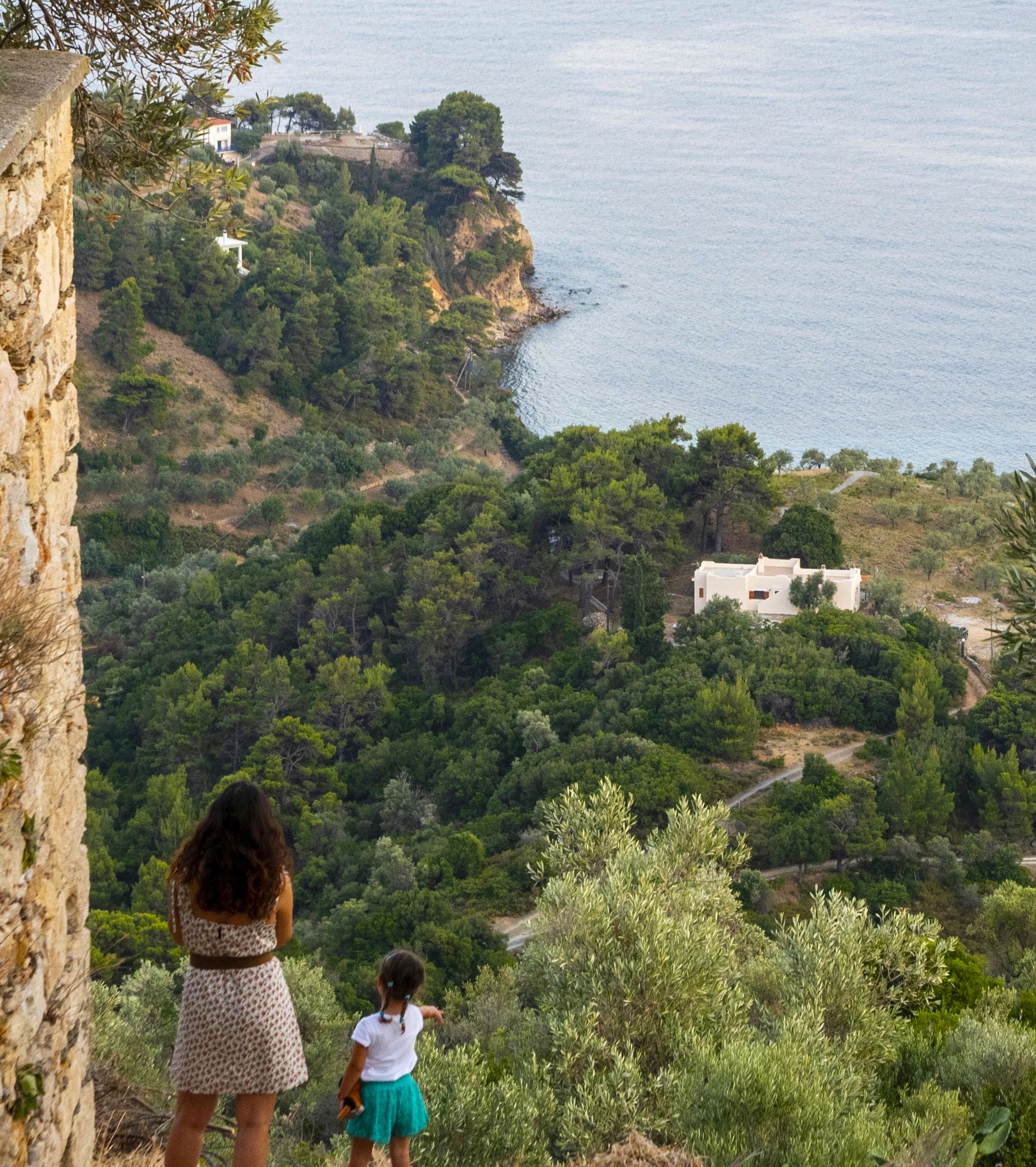

The island is ideal for outdoor, nature-based activities like cycling, kayaking, sailing and hiking. You can rent gear and receive training by highly skilled instructors. In addition, if you’d like to discover the hidden beauties of Alonnisos, you can rent a boat and explore the other nearby Sporades islands or, alternatively, take an organized day cruise.
Alonnisos Underwater Museum is ideal for skilled swimmers who love diving. It is located across from Alonnisos, near the island Peristera, at about a 30 meter depth. The Underwater Museum opened in 2020 and is considered the oldest and most important shipwreck open to the public in the world. It’s one of the largest Classical era shipwrecks, 30m long and 10m wide, and is estimated to weigh more than 150 tonnes. It dates back to approximately 425-450 BC and its size suggests it was among the largest merchant ships of its time, which is said to have been carrying around 3,000 wine amphorae from Skopelos. The museum is open to recreational divers, who can explore the site with the guidance of an experienced, certified diver. Be aware that to be able to dive at the museum you need to at least be an Advanced Open Water Diver.
The National Marine Park of Alonnisos and Northern Sporades is the largest marine park in Europe, and can be visited by boat. Opened in 2003, it is home to the Mediterranean Monk Seal and many other protected species. More than 80 bird species and 300 fish species, as well as various animals and reptiles, with the Mediterranean monk seal being the most prominent among them, live at the Marine Park. The Mediterranean monk seals live in sea caves along the rocky coast, but it’s not certain you’ll see one. It’s more probable that you’ll see dolphins playing in the sea. A tour of the park usually includes visits to secluded beaches that are not accessible by land. During your tour, you’ll also visit the small neighbouring islands, each one a unique experience:
Kira-Panagia, also known as Pelagonisi, is the largest uninhabited island of the National Marine Park of Alonnisos and Northern Sporades. It’s named after the monastery of Geniseos tis Theotokou that is located at its top.
The second largest island in the Marine Park, Peristera has two natural harbours, Peristeri and Vasiliko, and it also is home to many lovely beaches.
Skantzoura is an islet located between Alonnisos and Skyros and home to seagulls and Eleonora’s falcons. There was a fortress there during Hellenistic times, and there are ruins of farm houses. At the island’s tallest spot, there’s an abandoned monastery with an amazing view.
Psathoura, a volcanic island with low vegetation is reachable via a short swim. Visit to admire the wild beauty of its beach, since the golden sand is scattered with volcanic rocks. In addition, there’s an impressive 29m tall 19th century lighthouse on the island.
Alonissos is great for hiking. There’s a widespread trail network on the island, covering almost the entirety of the island, except the very rough, inaccessible northern part. The routes through thick vegetation, scattered with chapels, and with amazing sea views, make the hikes a one-of-a-kind experience. One stunning route we recommend is the Kastanorema Gorge, at the northeast part of Alonnisos.
The Historical and Folklore Museum is housed in an impressive stone building in Patitiri. On the first floor, ancient Greek heirlooms, guns, and objects found in warships and pirate ships are on display. You can also see traditional everyday objects and various tools, like a barber’s razor and an olive press, as well as traditional costumes.
Alonissos is also home to the International Academy of Classical Homeopathy, where medicine students and other health professionals travel from across the globe to receive training from the godfather of homeopathy, Professor George Vithoulkas and work towards acquiring a Classical Homeopathy Diploma.
04
Gastronomy & Top Restaurants
Alonissos is a foodie’s paradise. The flavours you’ll find here are unpretentious and authentic, with freshly sourced local and seasonal ingredients offered up in various flavoursome dishes. The famous white Alalunga Alonnisos tuna, prepared at almost every tavern on the island, the fresh fish, lobsters, langoustines and shrimp straight from the fishing boats are some of the island’s characteristic delicacies, while fish soup and lobster pasta is available almost everywhere. Alonissos’ local pies (pittes) are very popular, mostly prepared in a pan (octopus pie, cheese pie, twisted spinach pie). The “hamalia” a wedding dessert, is an almond cookie wrapped in filo and sprinkled with sugar, with lemon or bitter orange flavour, spiced with cinnamon, clove and nutmeg. Other traditional desserts include fouskakia (fried dough balls) and soultana (a type of custard pie). Alonissos’ winemaking culture may have died down, but its modern winemakers continue to produce small quantities of wine for private consumption from the Roditis, Vradiano, Limnio, Mavrokountoura (Mandilaria) and Moschato grape varieties.
Tassia’s Cooking
On the small port of Steni Vala, here you’ll find fresh fish from the owner’s caique and vegetables plucked straight from their garden. Well-made traditional dishes, many including fish (scorpionfish with lemon juice, lobster pasta, grilled mackerel), fried stuffed courgette blossoms, penne with Alonnisos tuna and Alonnisos cheese pie with homemade filo dough are some of the must-try specialties.
Steni Vala
To Akroyiali
A taverna that hangs over the water, with a mesmerising sea view, this scenic place serves a wonderful array of mainly fish and seafood dishes including one starring the local tuna, served plain or with tomato. The tuna pasta, the garfish with garlic sauce, and the crispy fried fish are all delicious, as are the char-grilled beef patties. The menu also includes a wide selection of meze dishes that pair beautifully with tsipouro.
Patitiri
Eleonas Seafood Restaurant
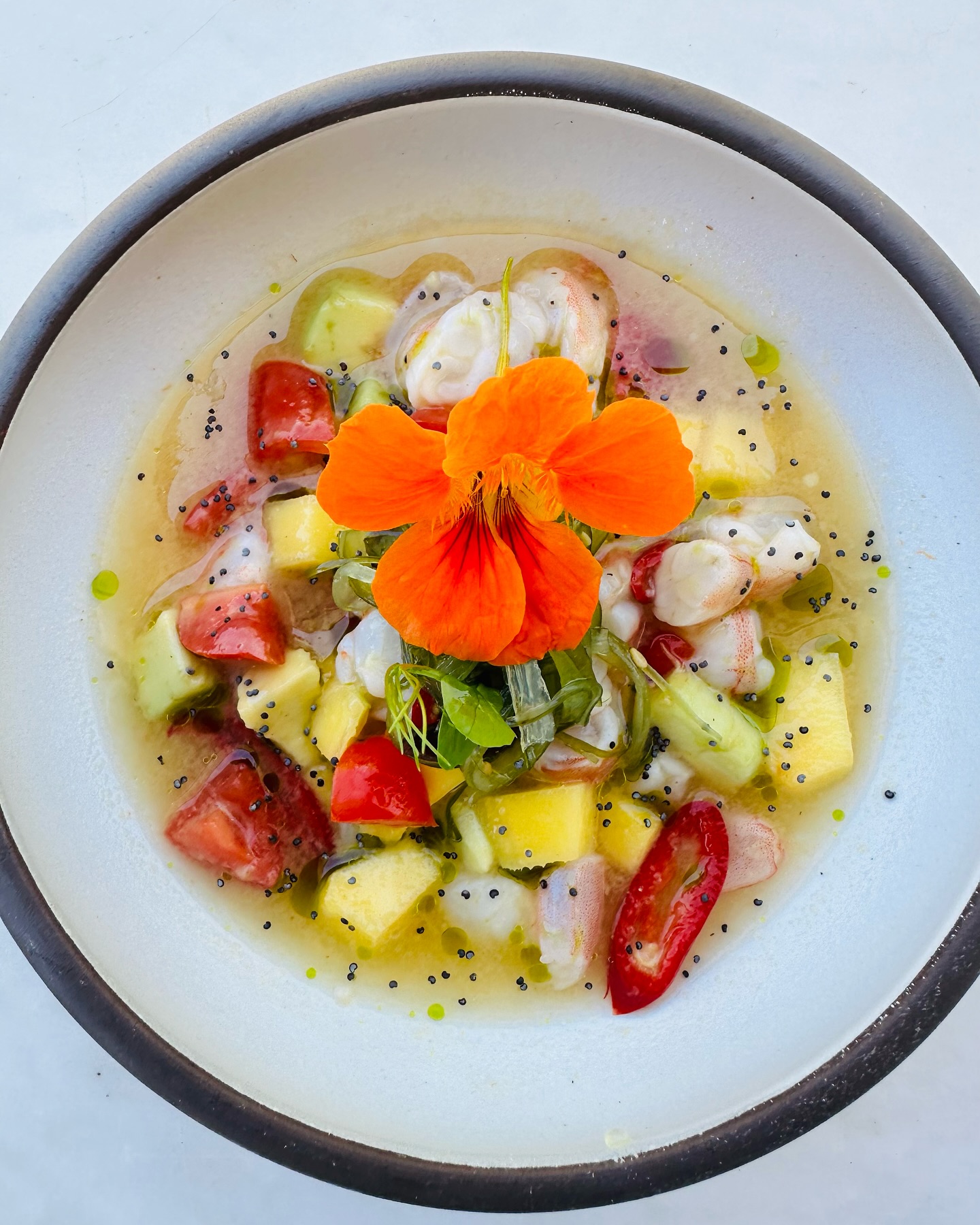
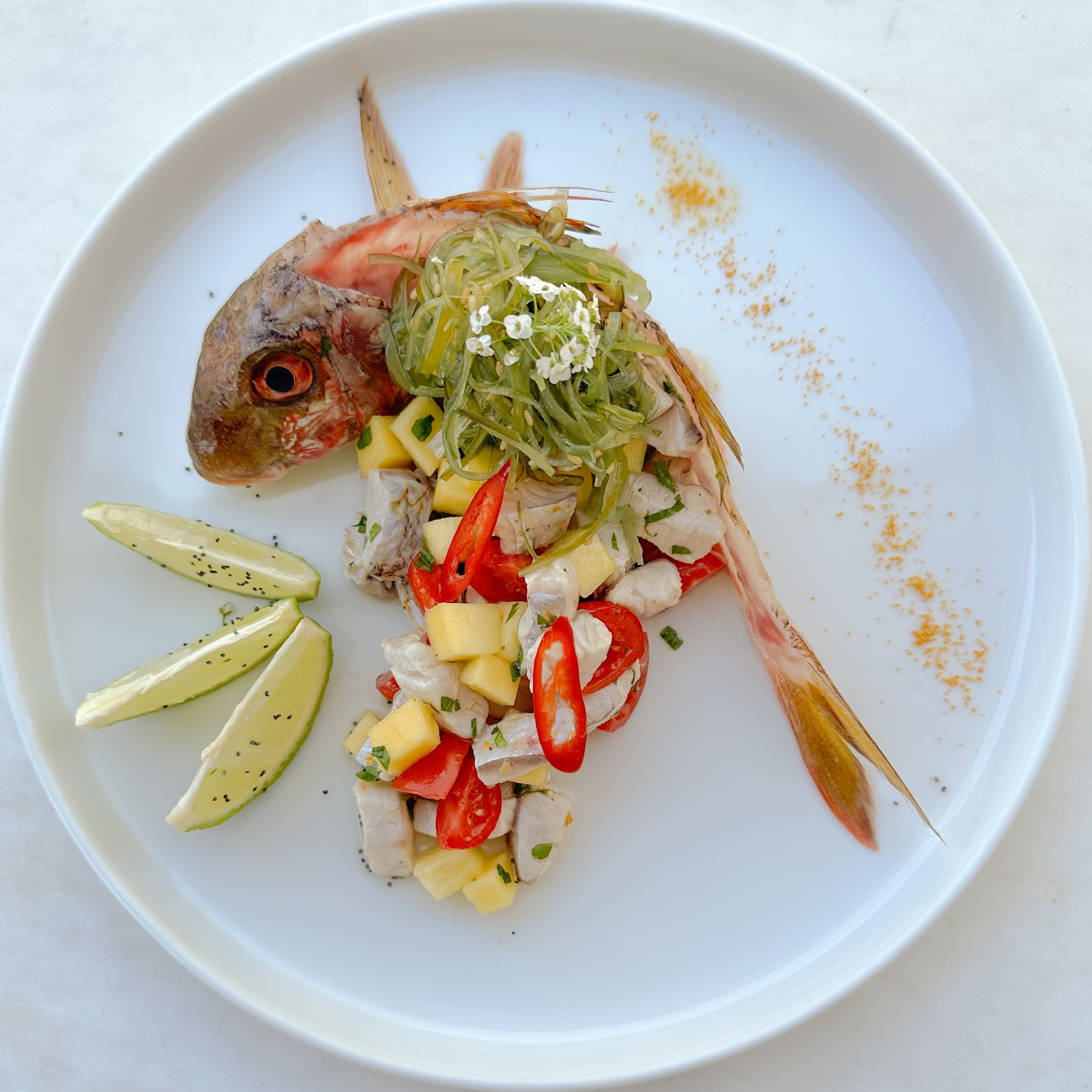
Within a complex next to the sea that includes a tavern, with a café and a beach bar, in a verdant area within an olive grove, the homonymous tavern mainly serves fresh fish (both grilled and fried) and seafood. The menu also includes Mediterranean dishes (homemade shrimp ravioli, seafood linguine) and modern Greek cuisine (shrimp orzo, risotto with apaki and artichokes). It’s one of the few places where you’ll find some particularly well made dishes representative of the island’s unique culinary tradition, such as octopus pie, wild greens pie, onion pie, twisted spinach and cheese pie, all of them fried, soutzoukakia with local artichokes and Alonnisos tuna pasta. They serve local wine.
Leftos Gialos
05
Where to Stay
Aletri Swim Up Hotel
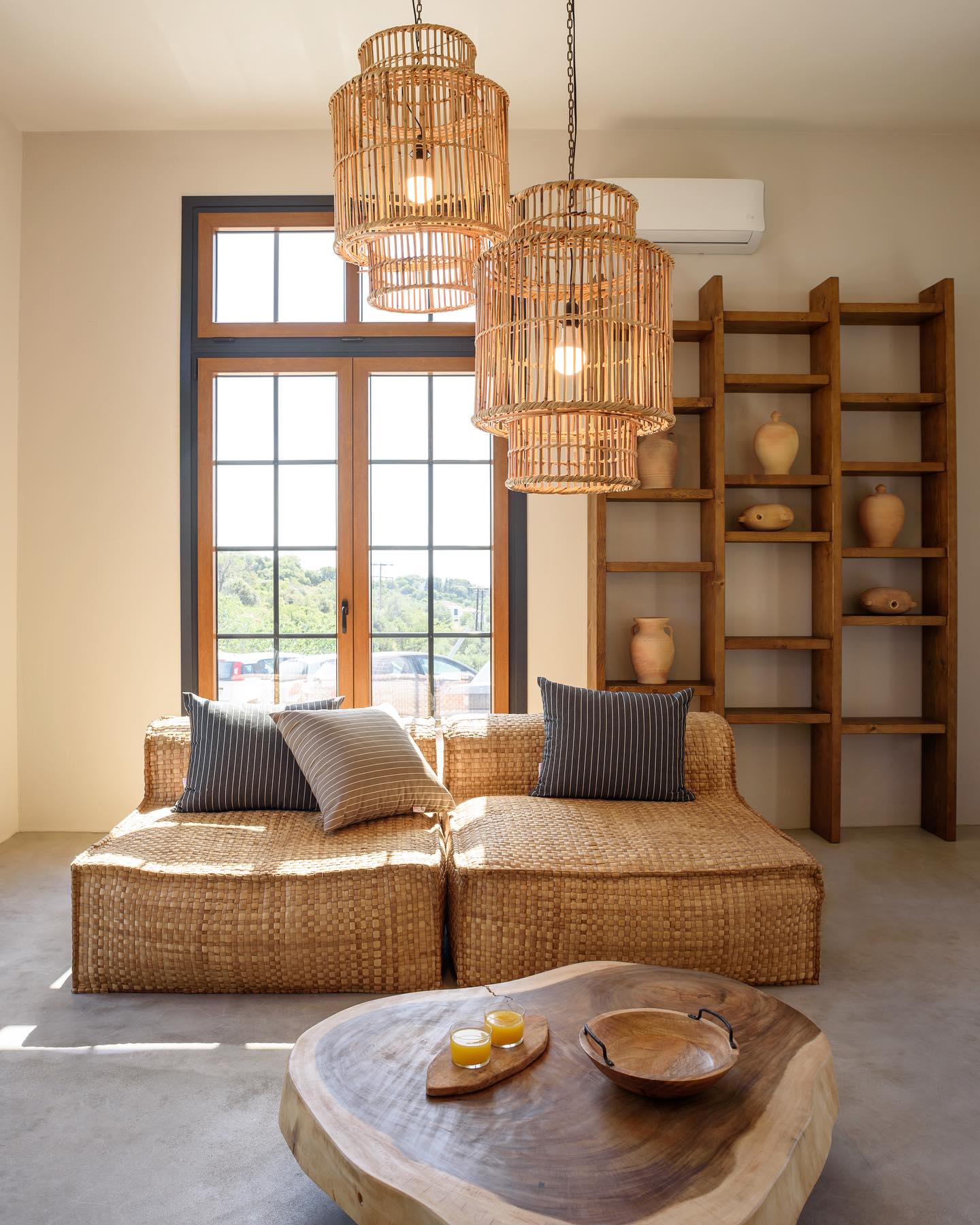
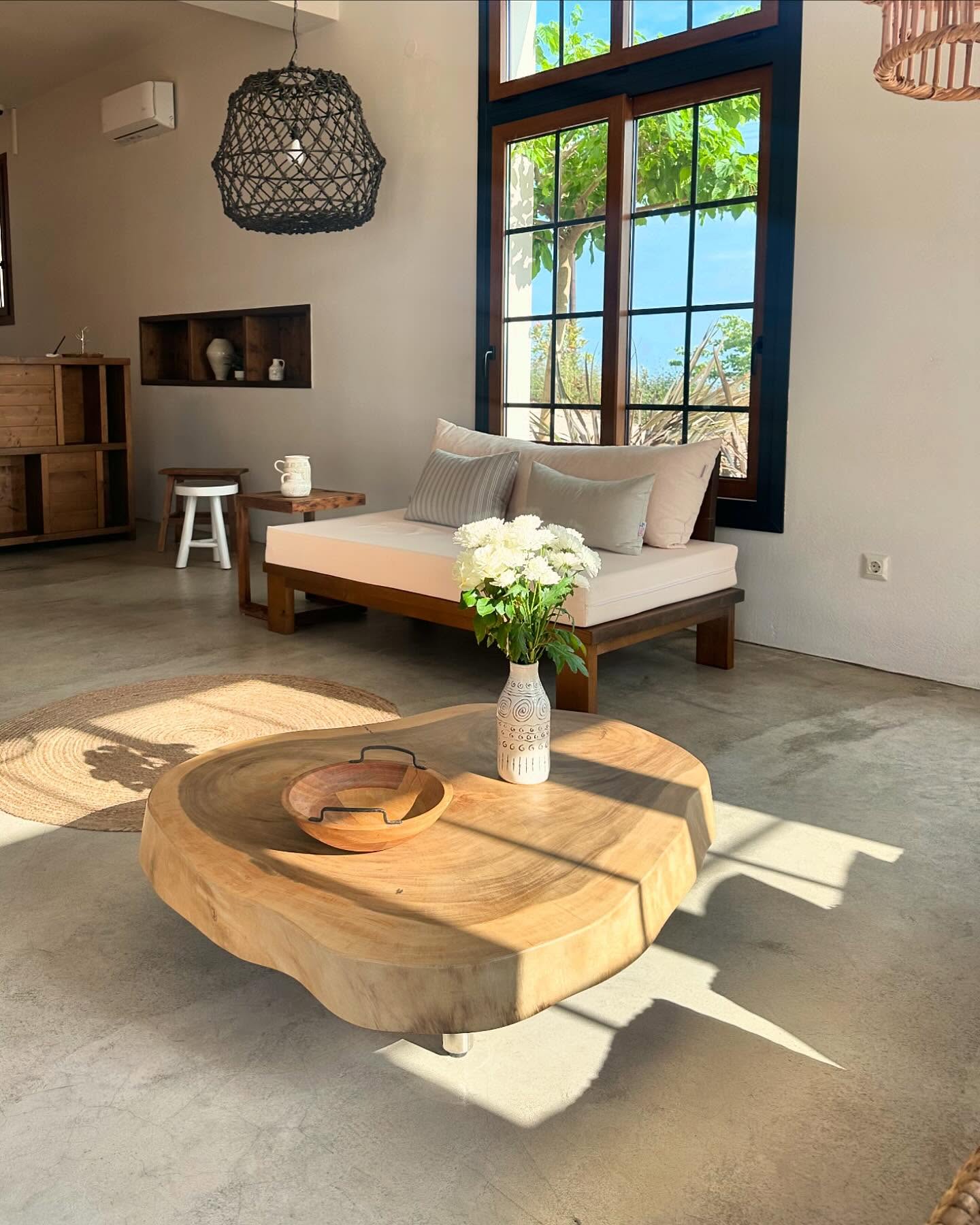
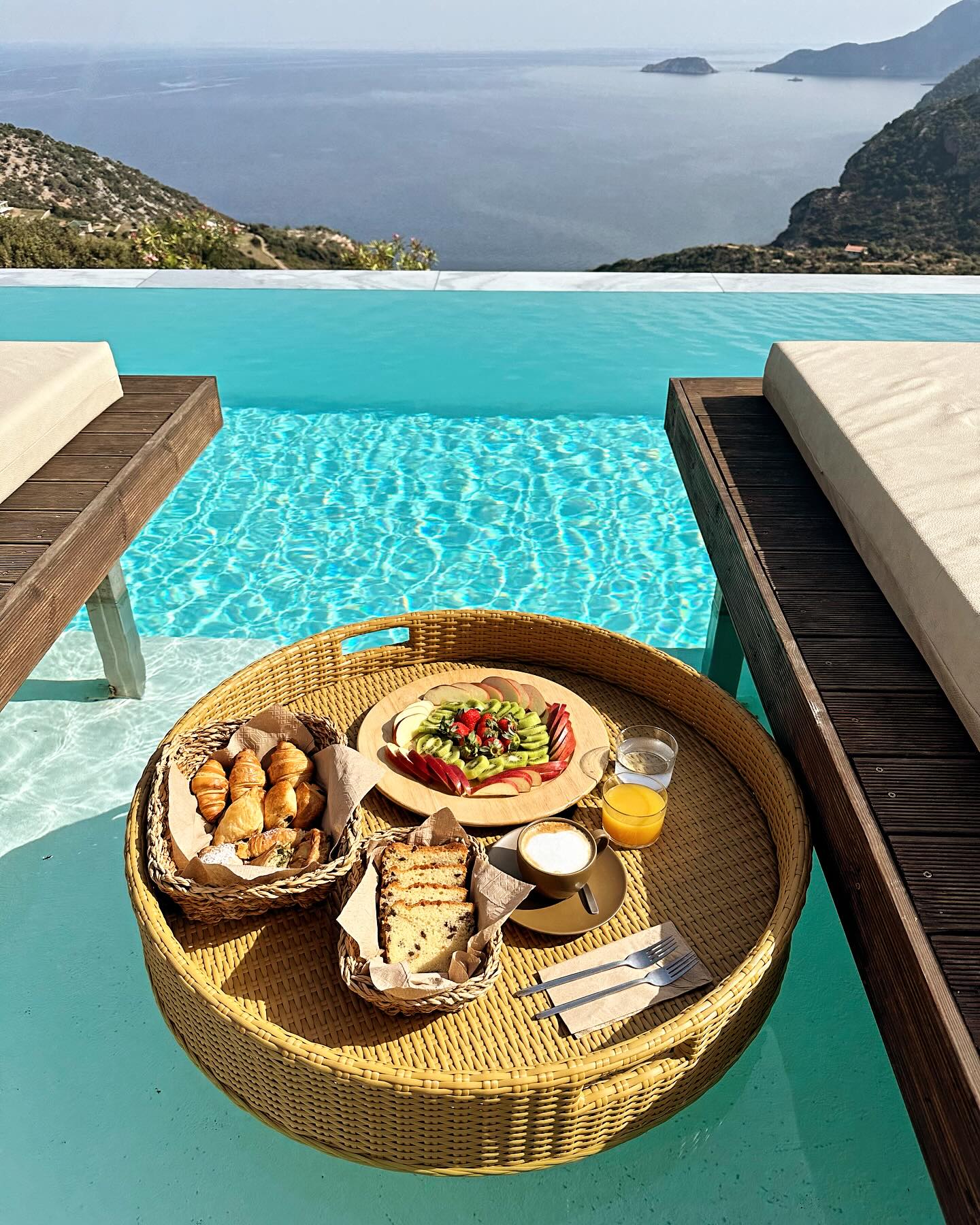
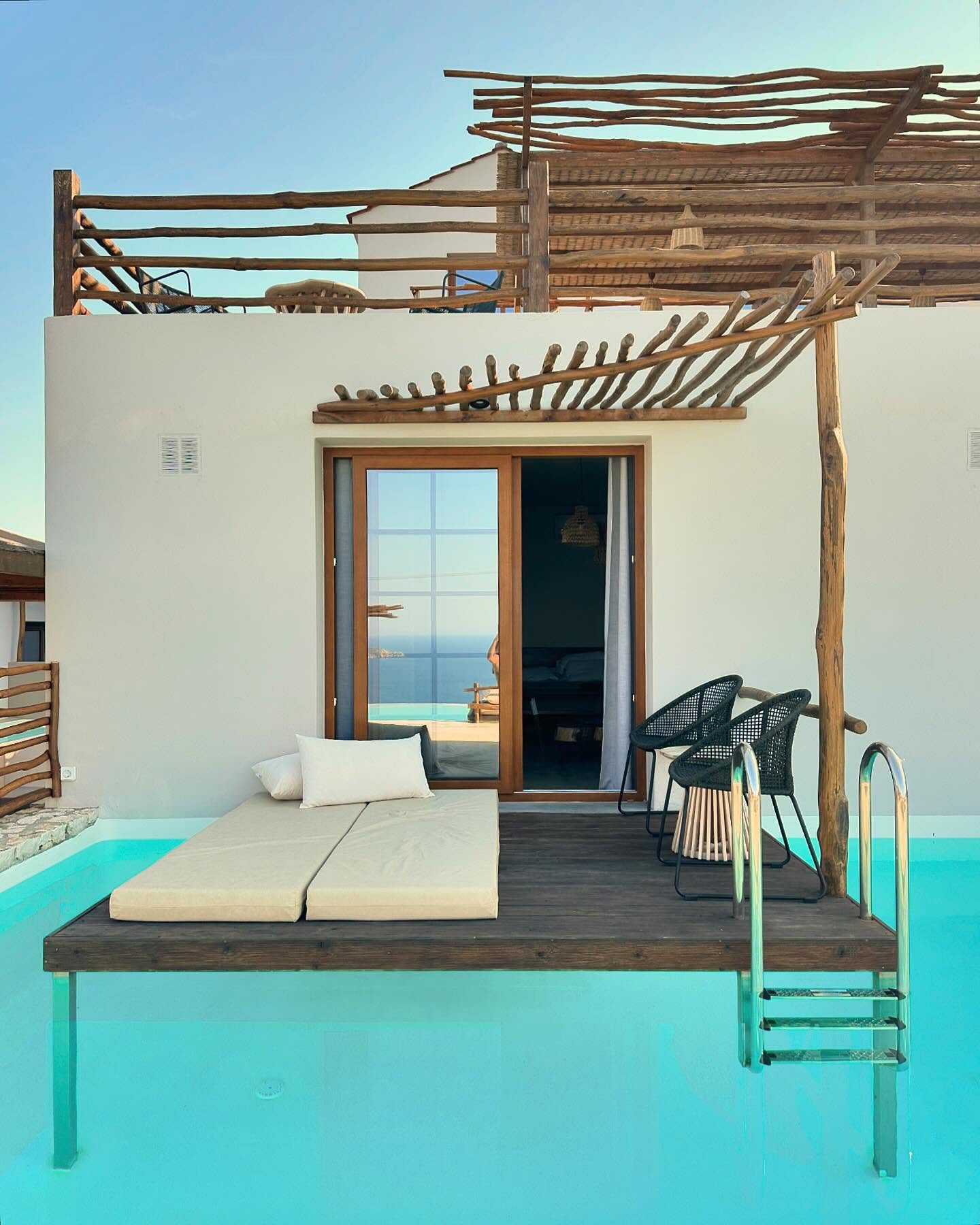
Soft, minimal lines inspired by traditional architecture set the tone here, while high-end furnishings meet earthy tones and natural textures to create a calming atmosphere. The hotel is made up of 15 suites, each with sweeping views of the Aegean and a distinct decorative identity drawn from nature. There are two main pools with swim-up deck loungers, a small additional pool, and a snack bar.
Palio Chorio
Althea
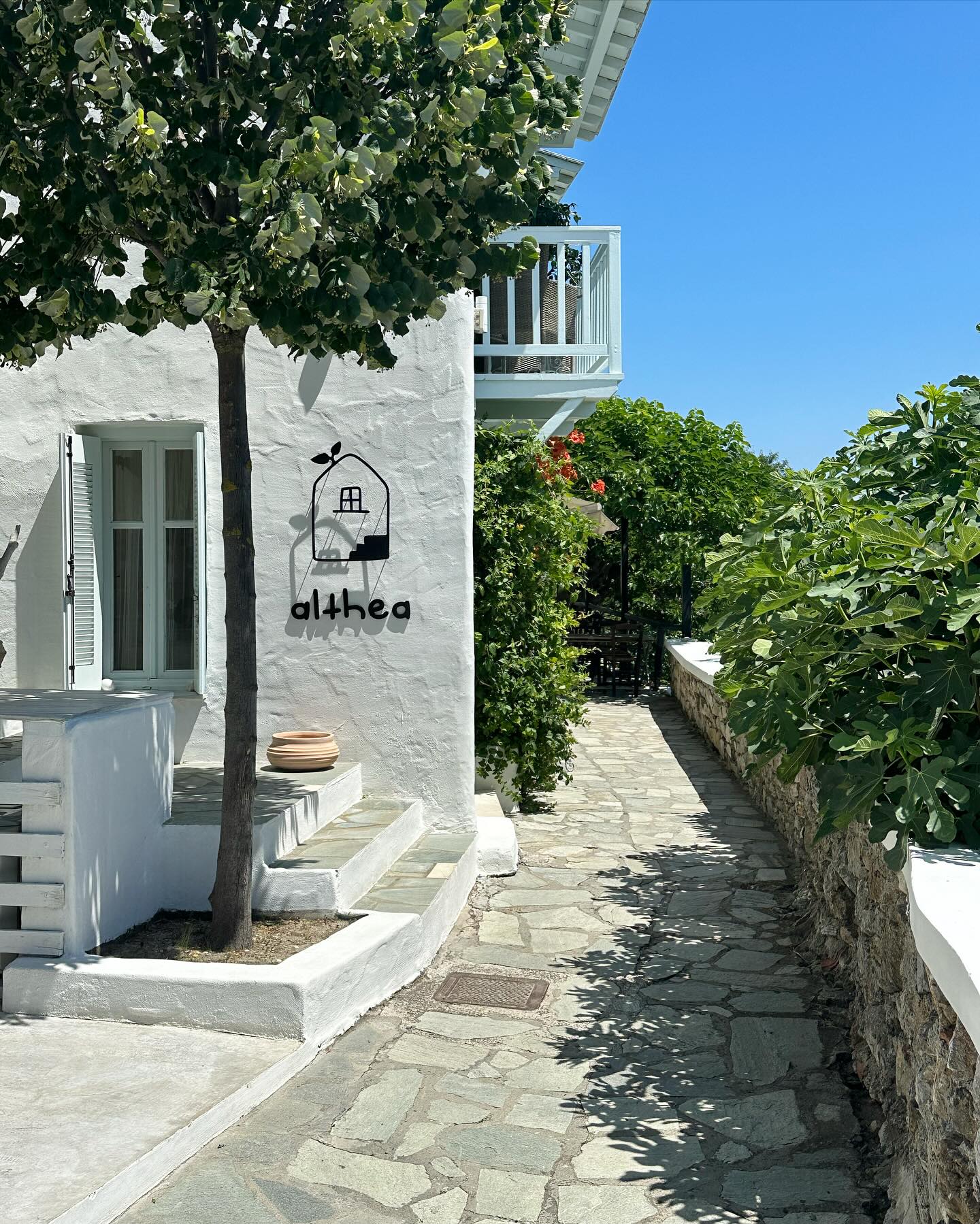
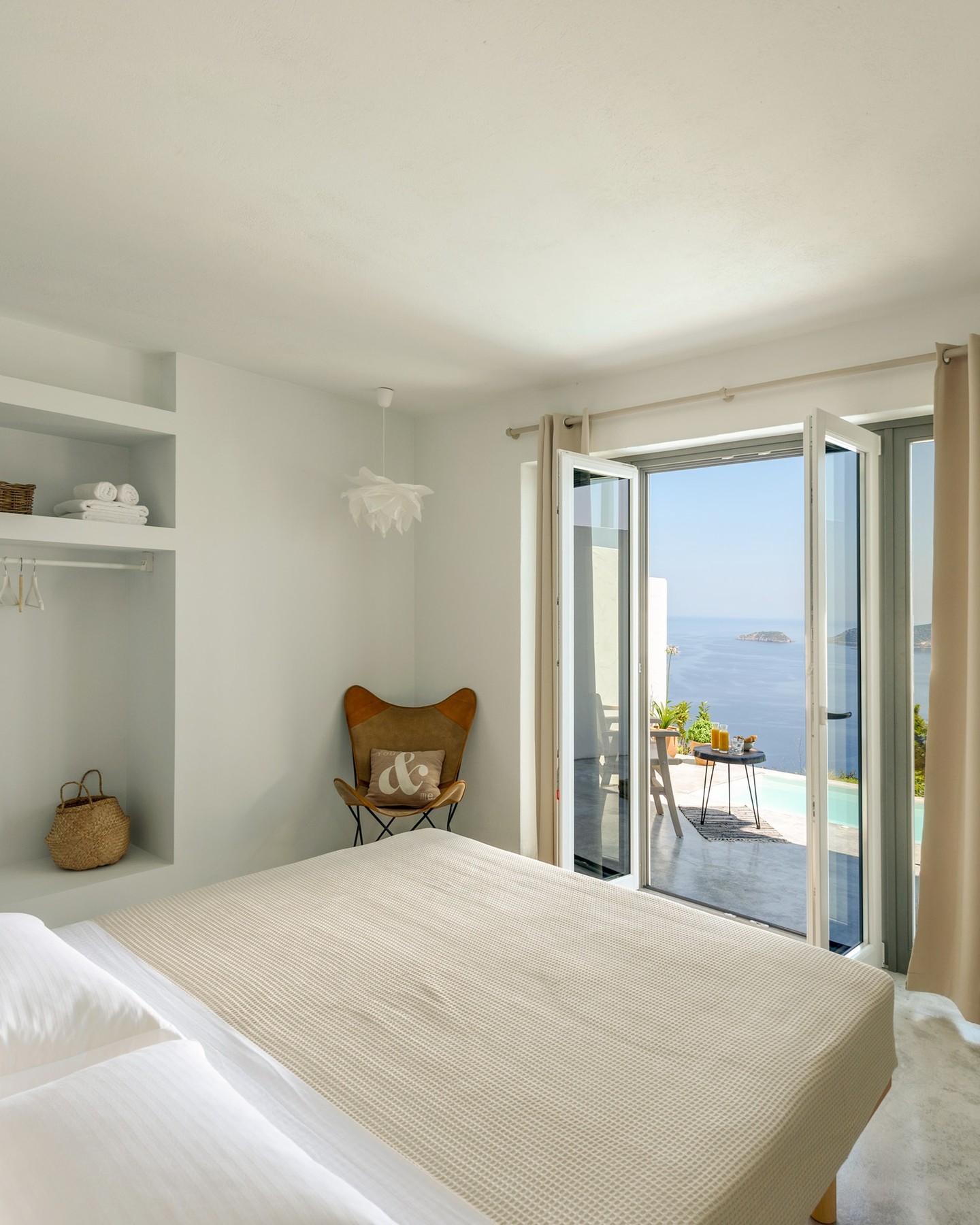
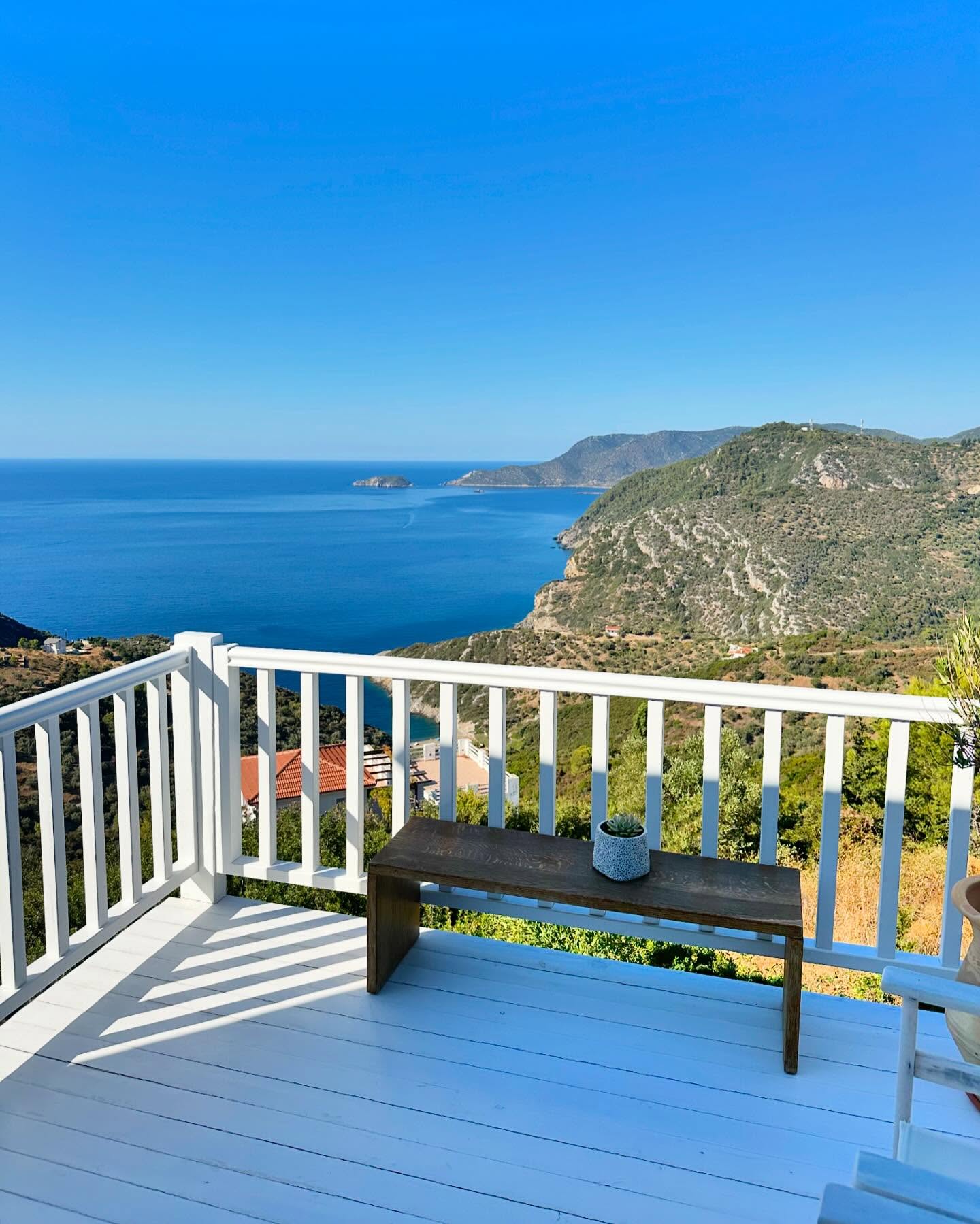
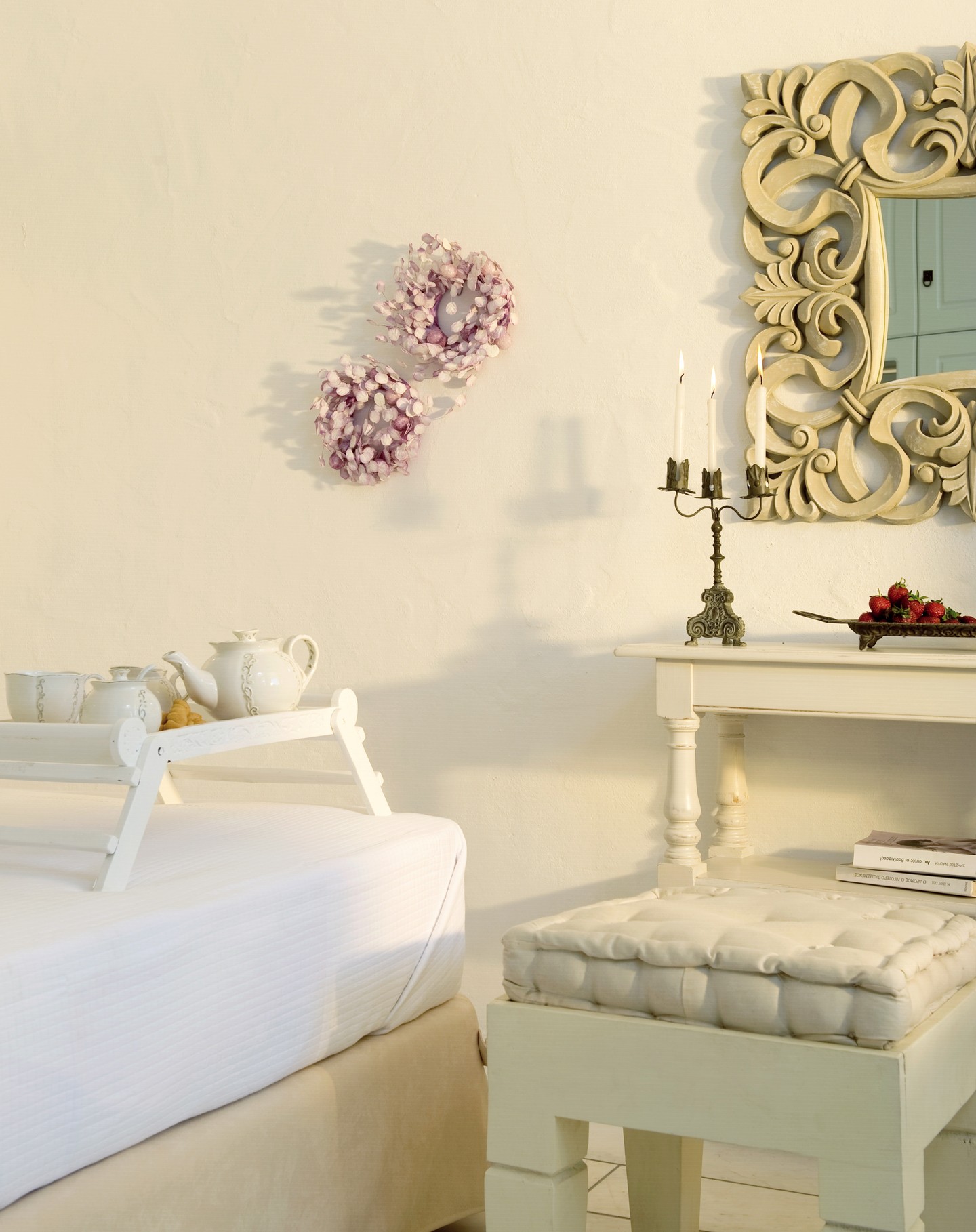
Set against the Aegean blue of Palio Chorio and tucked among timeworn village houses, this bright white boutique stay includes three unique suite-apartments and eight modern rooms. It channels old cultural influences and traditional design, layered with modern comforts and thoughtful touches. The result feels both personal and quietly elegant — like staying in a well-loved private villa.
Palio Chorio, Alonissos
Alonissos Beach Hotel
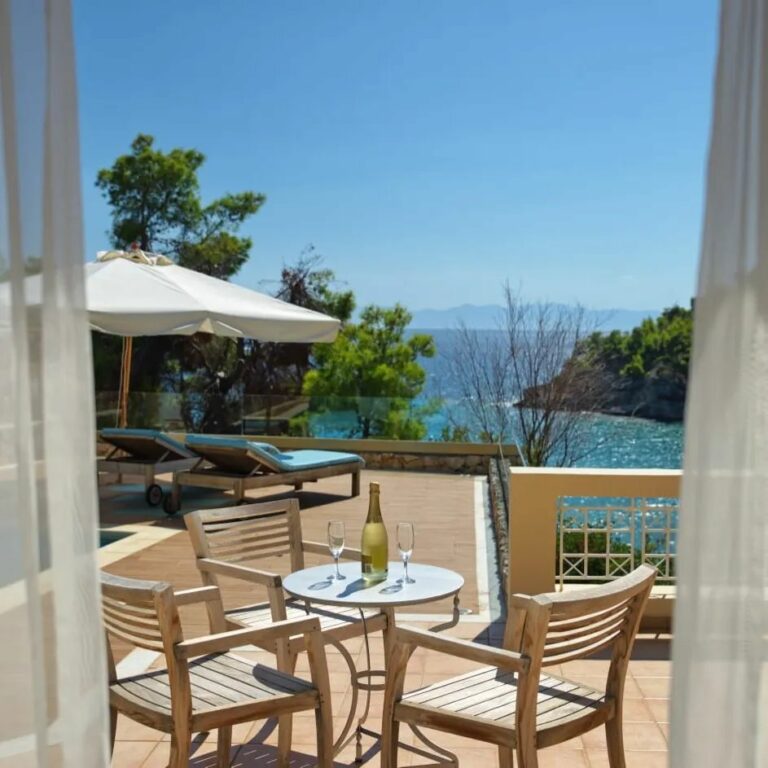
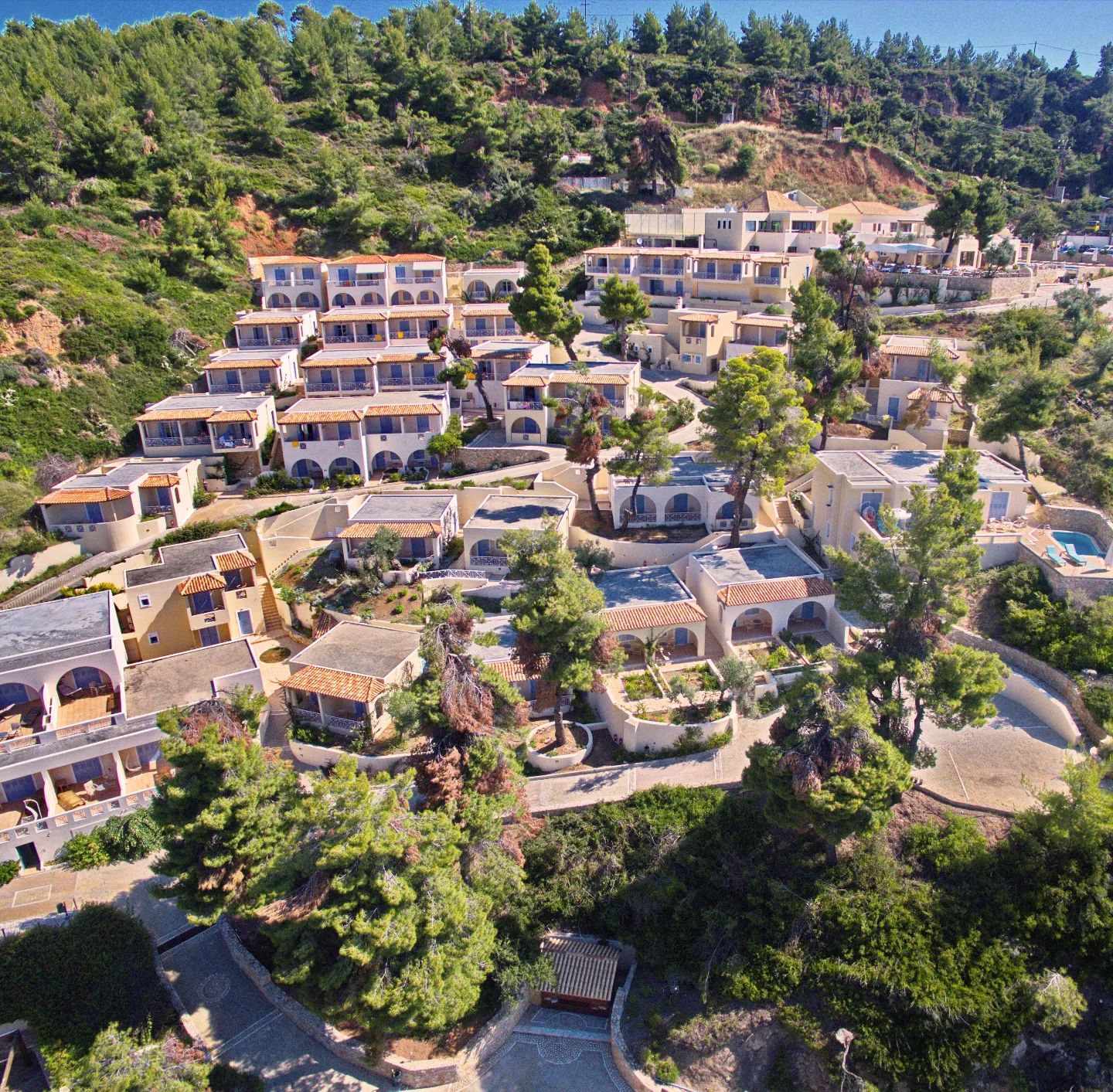
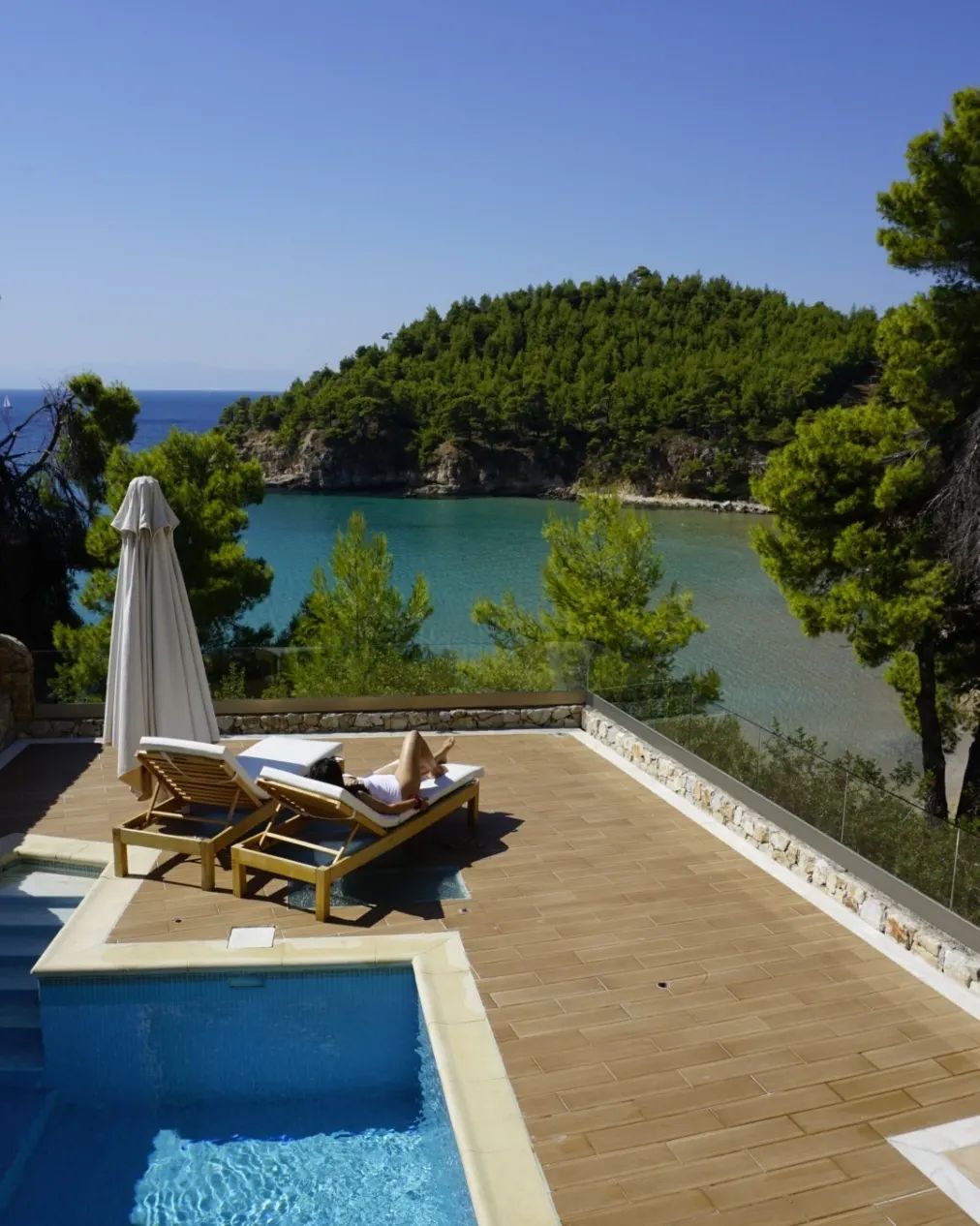
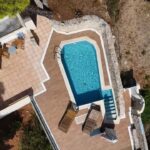
Sprawling across 27 acres of lush greenery beside the sandy beach of Chrisi Milia, just five kilometres from Patitiri, this hotel complex unfolds amphitheatrically to offer panoramic sea views. Indoors and out, the spaces are inviting — from the poolside bar with its deep armchairs and the modern leather-furnished lobby, to the welcoming rooms and sea-view suites, some with private pools or Jacuzzis. There’s also a beach bar, spa centre, gym, and a restaurant with a range of culinary options.
Chrisi Milia
Ikion Eco Boutique Hotel
Just 150m from Roussoum Gialos beach in Patitiri, this fully renovated eco hotel is both stylish and sustainable. Rooms are airy and filled with light, with balconies overlooking the sea or mountain. Family rooms are available, and every unit is equipped with anatomical mattresses and pillows, air conditioning, and free WiFi. A generous breakfast made with local ingredients and traditional Greek recipes is served daily in the bright breakfast lounge.
Patitiri
The Infinity
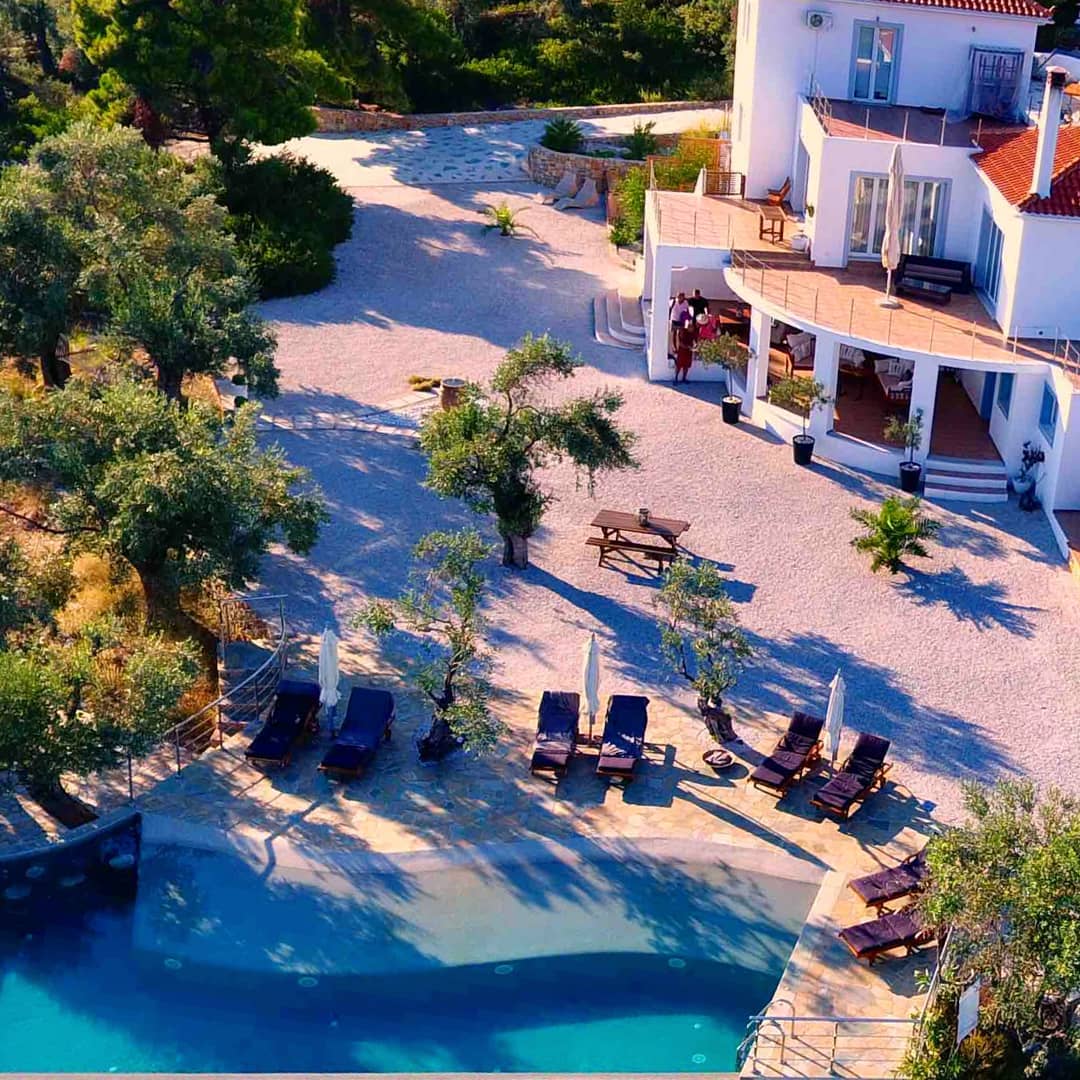
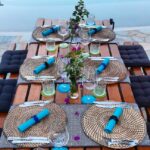
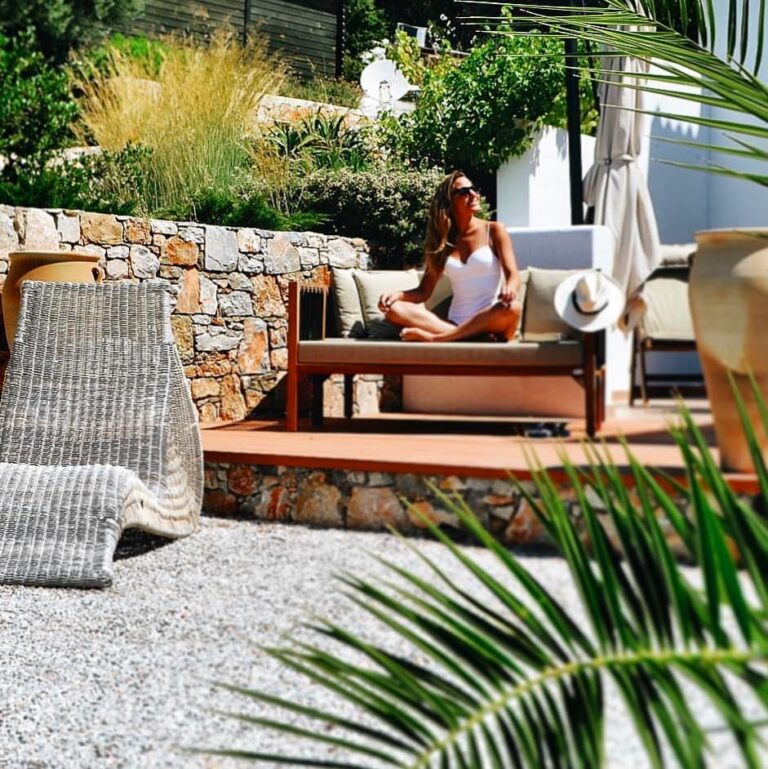
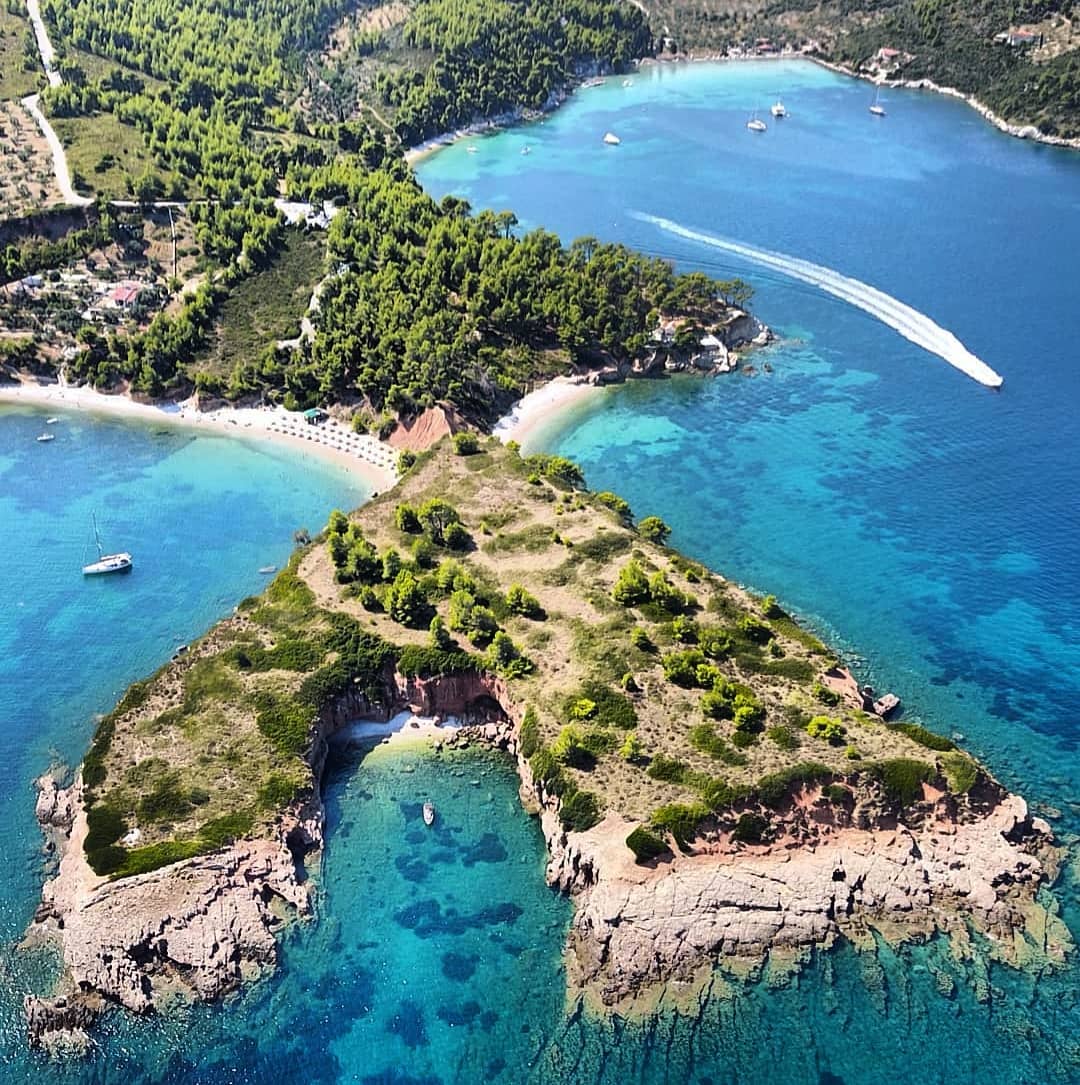
If elegance and downtime top your list, this is your place. Pamper yourself with a massage or a full-body treatment, then enjoy the outdoor pool, Jacuzzi, or sauna. The residence also includes free WiFi, concierge service, and an on-site salon. It’s about a 10-minute drive from both Patitiri and Palio Chorio.
Provincial Road Patitiri–Alonissos



